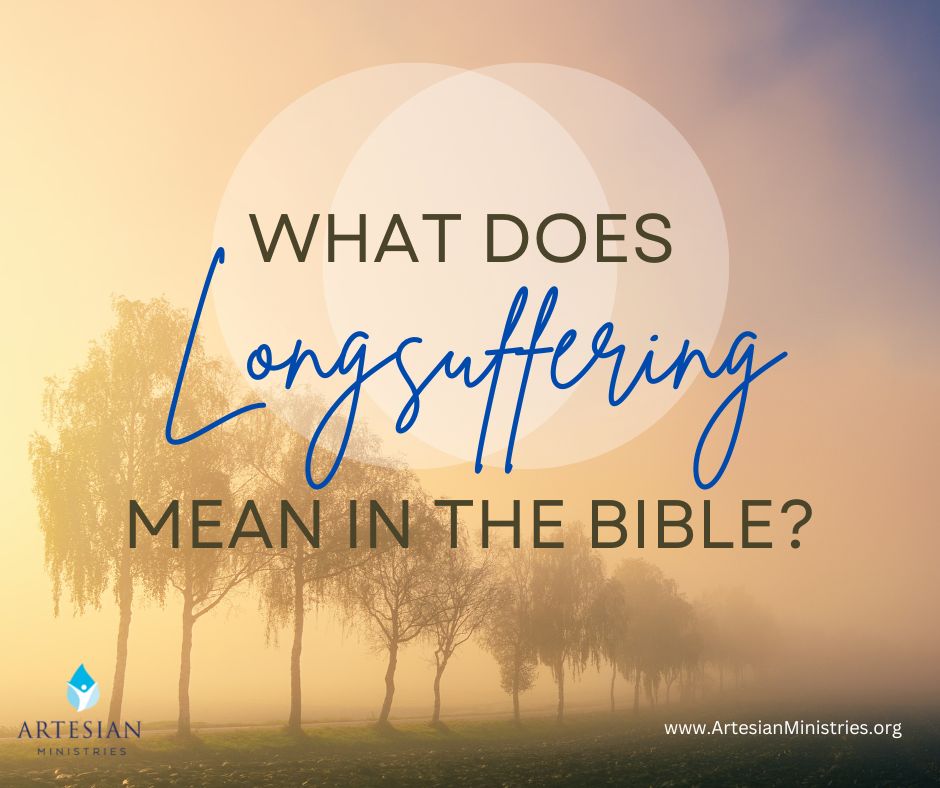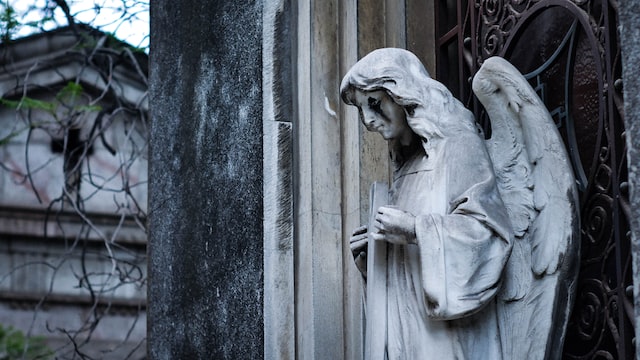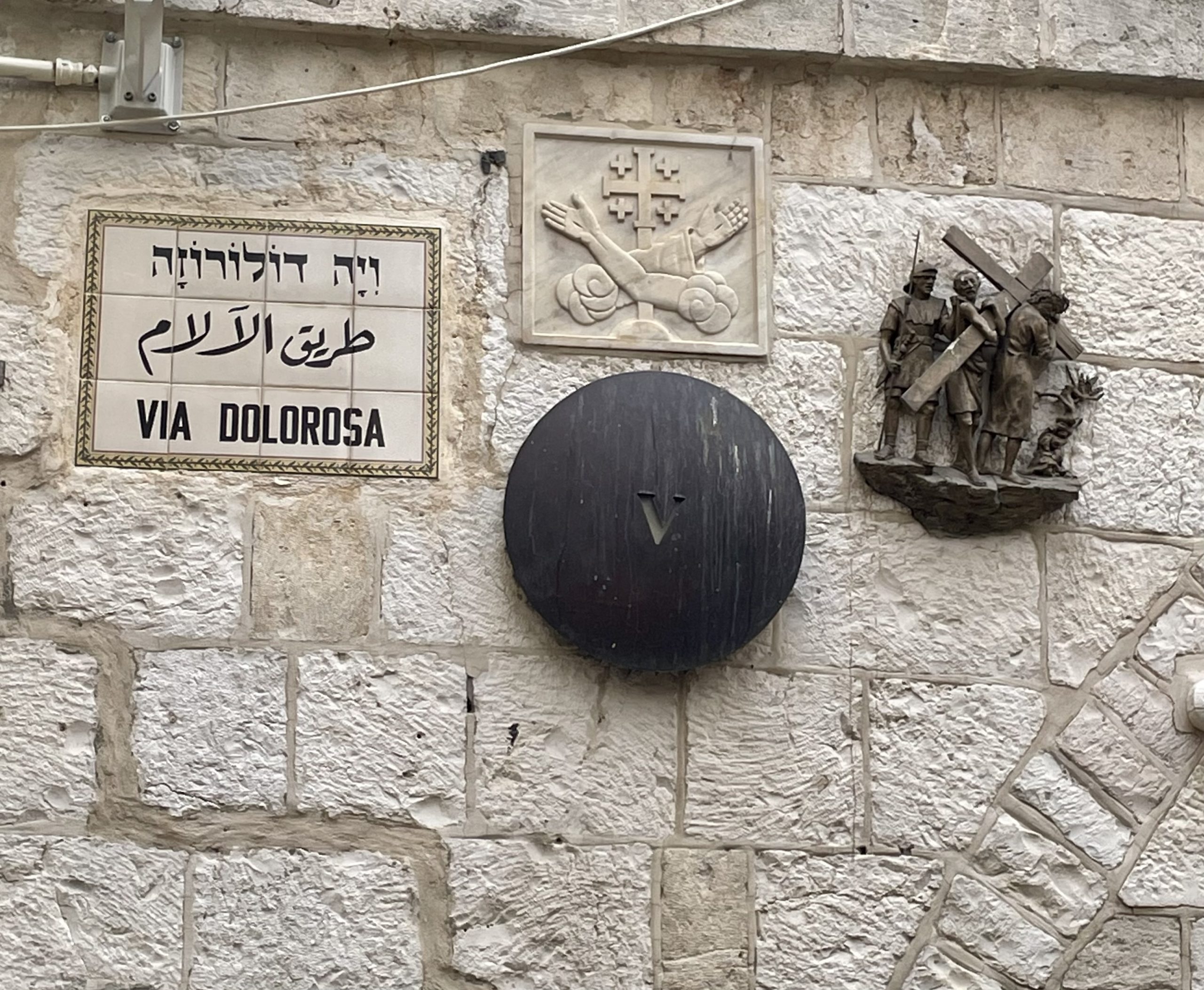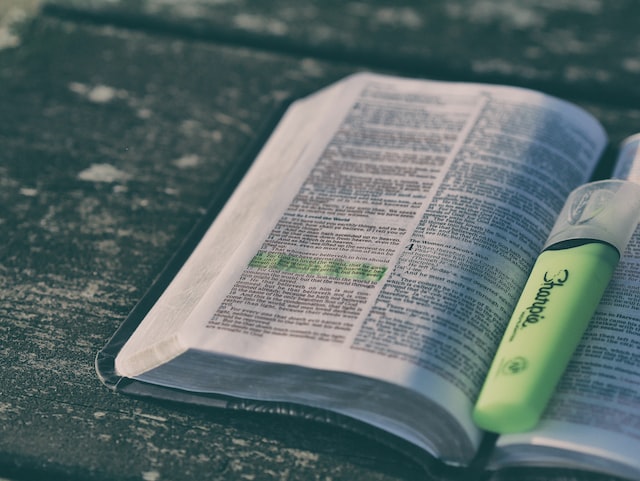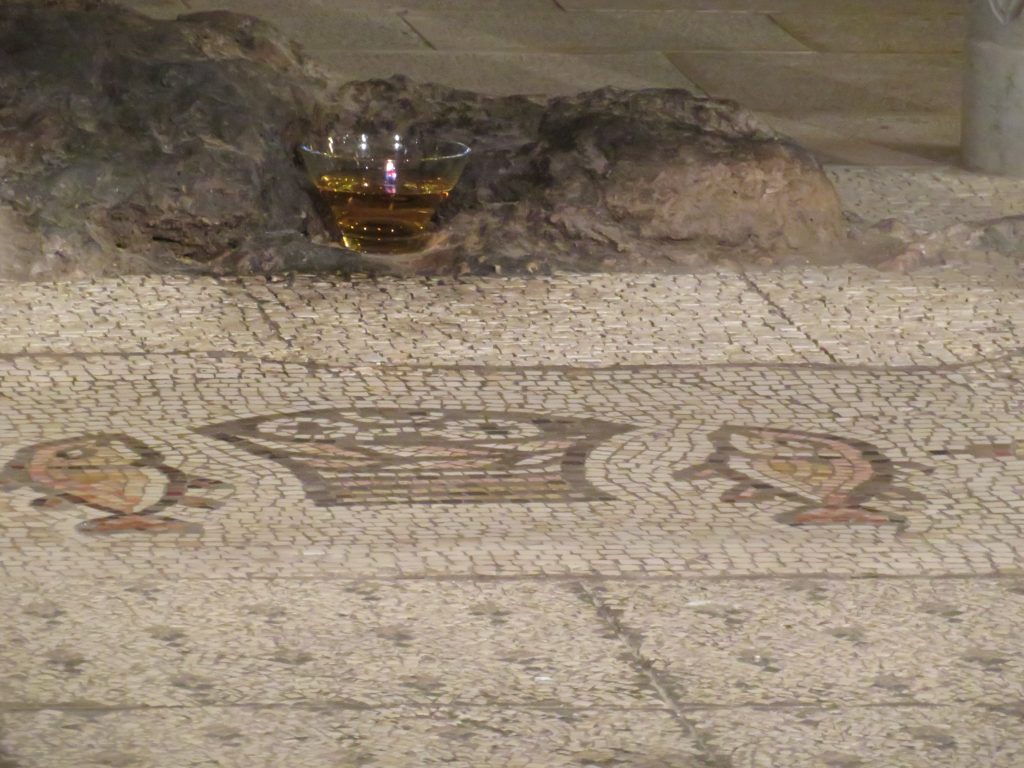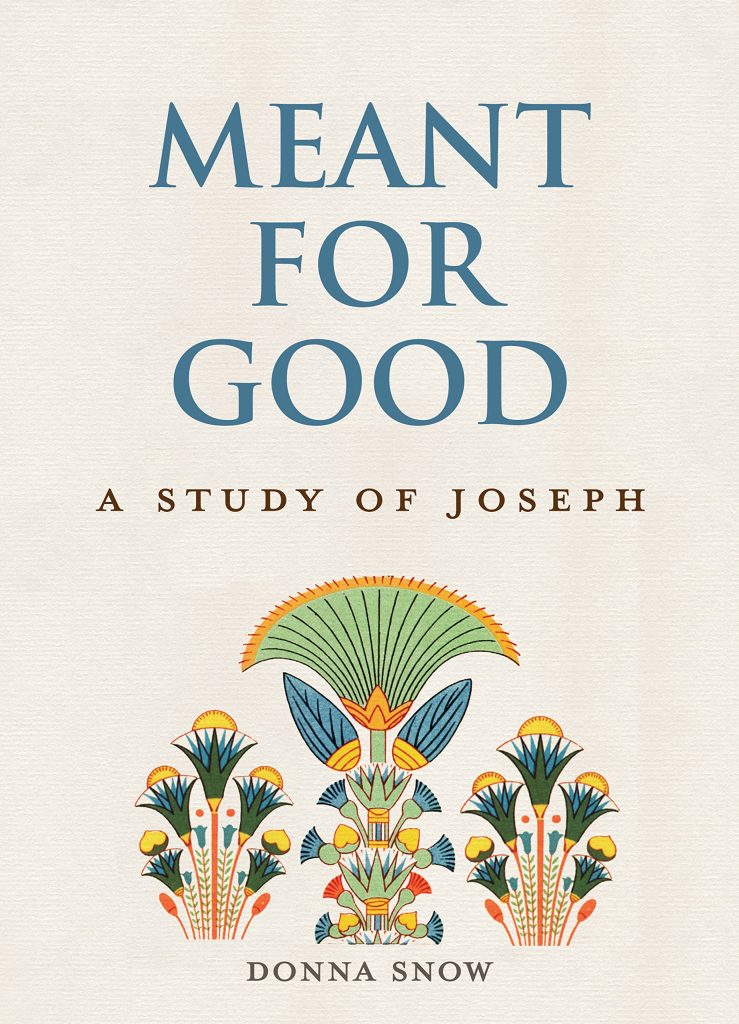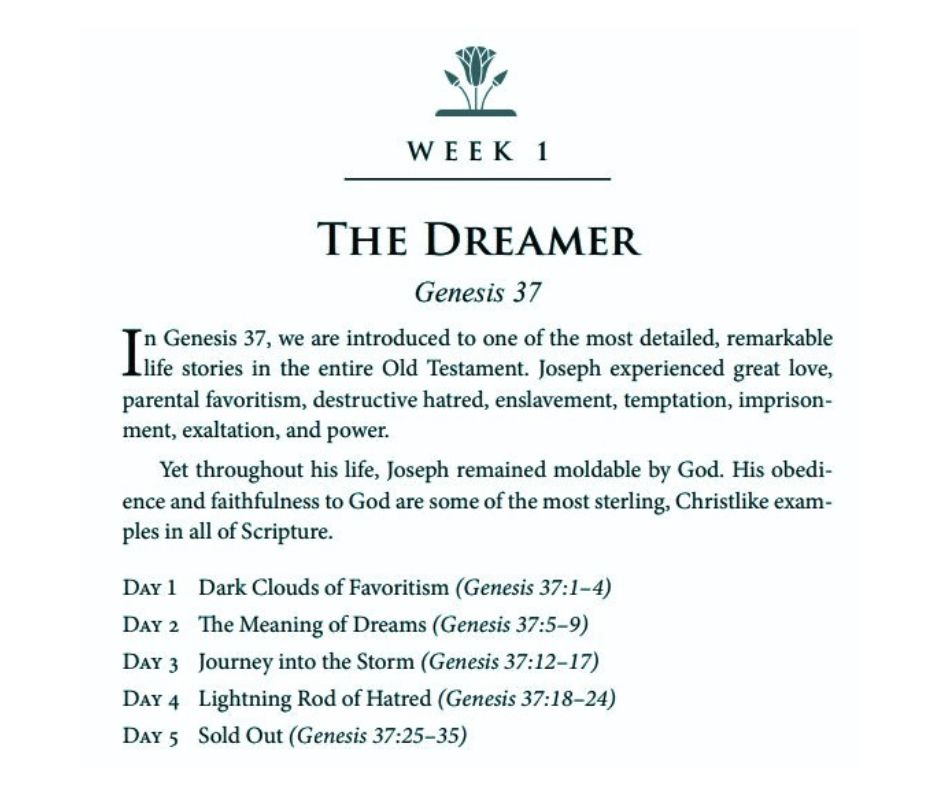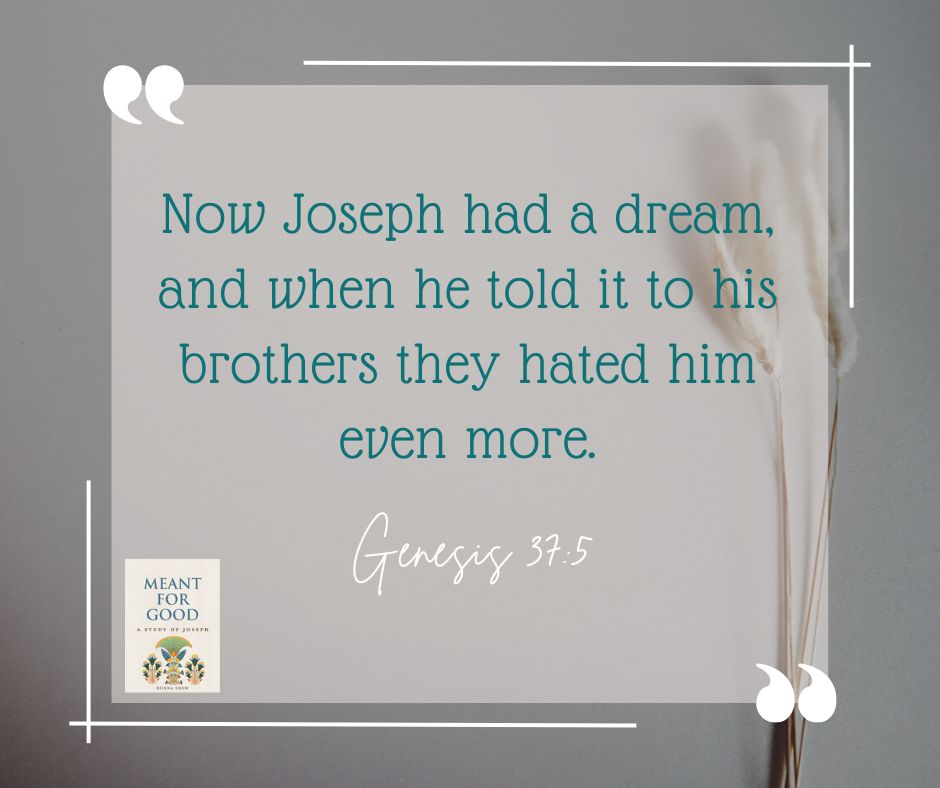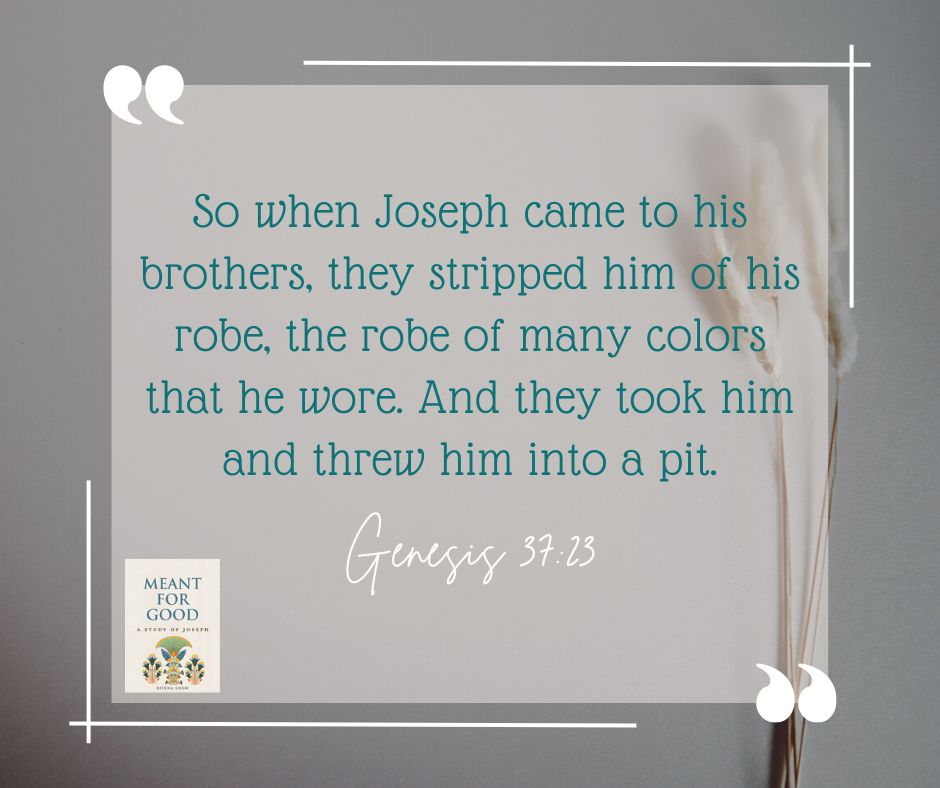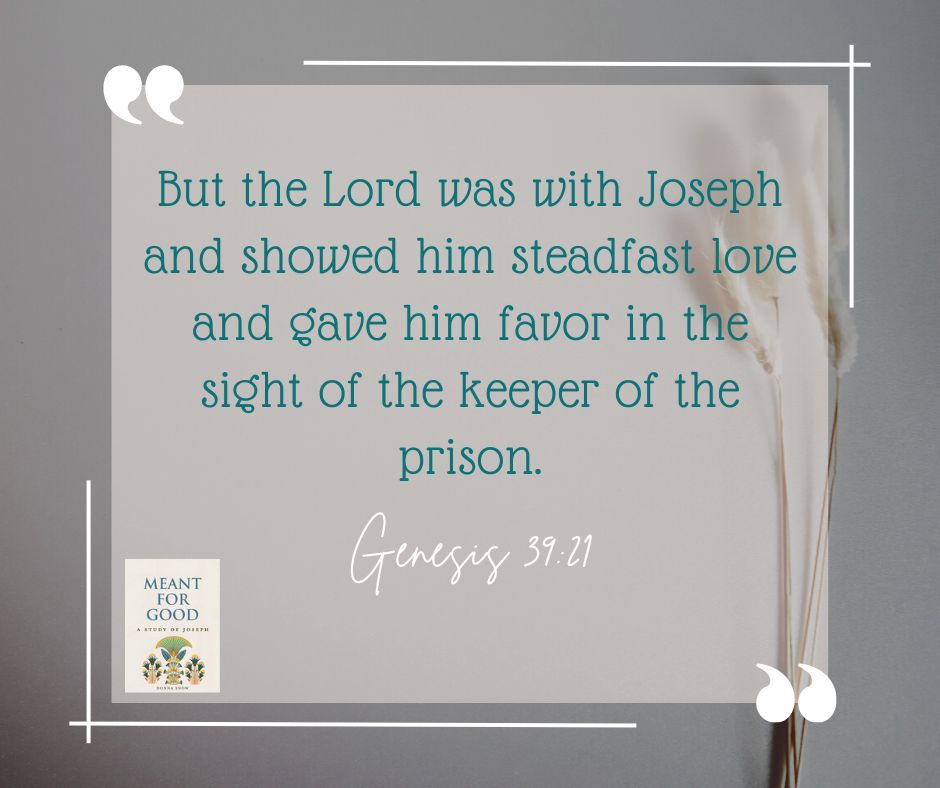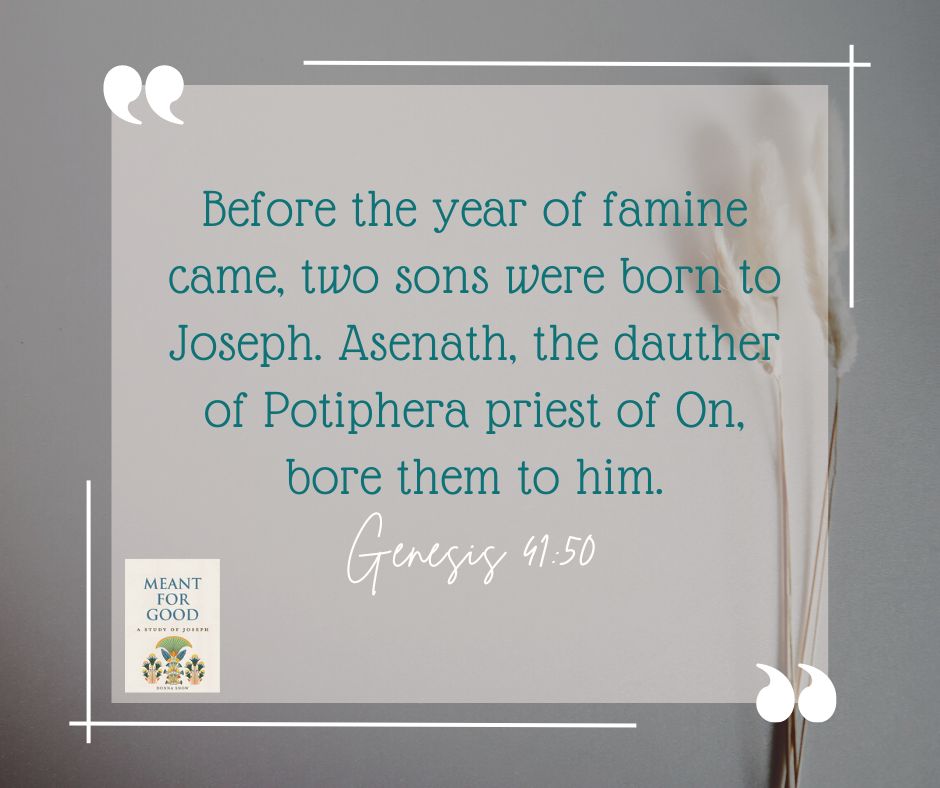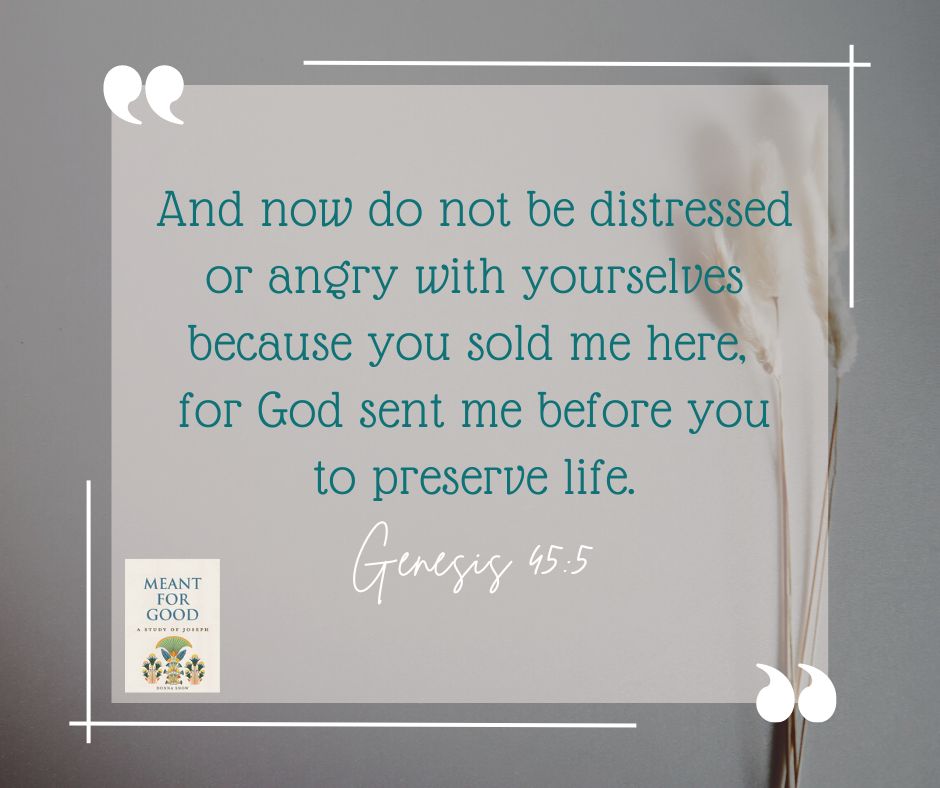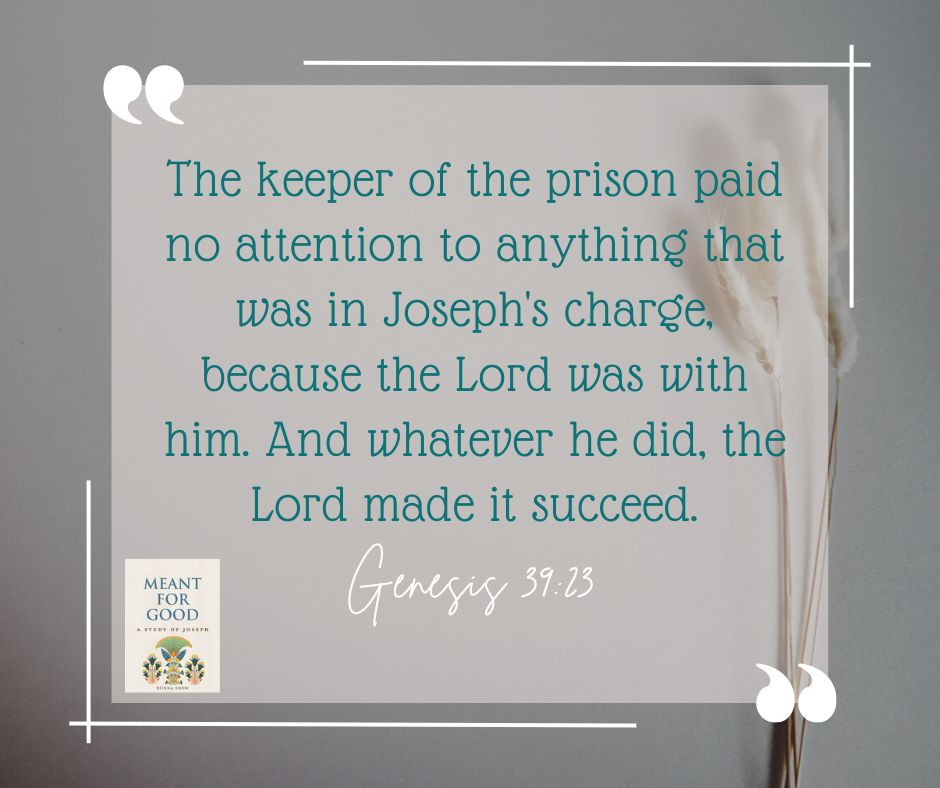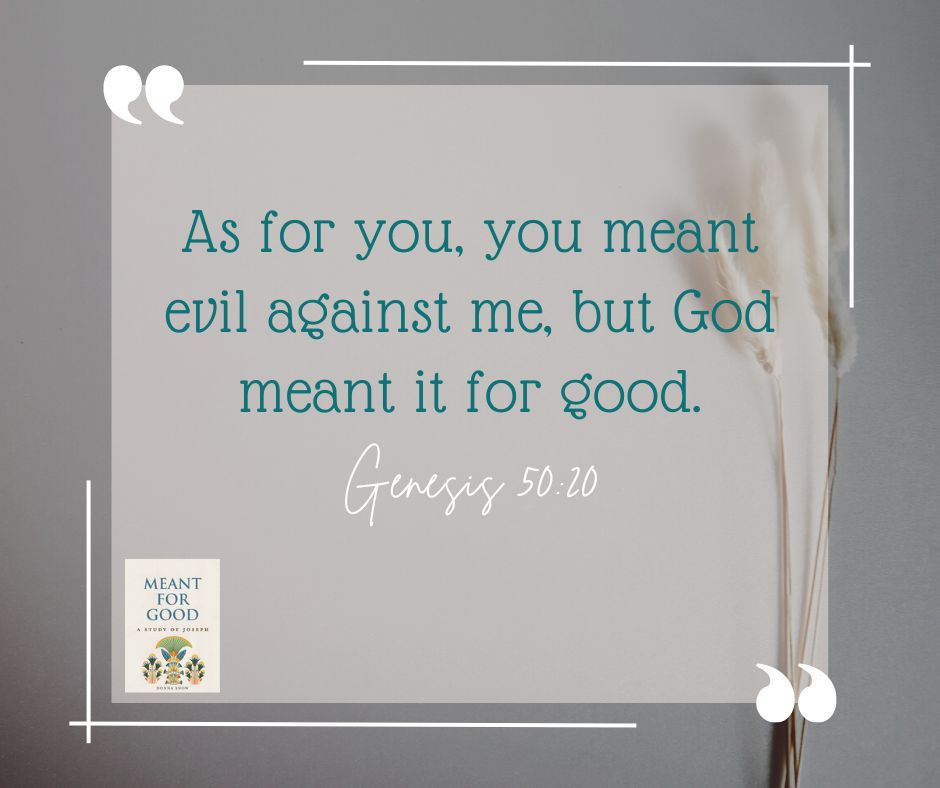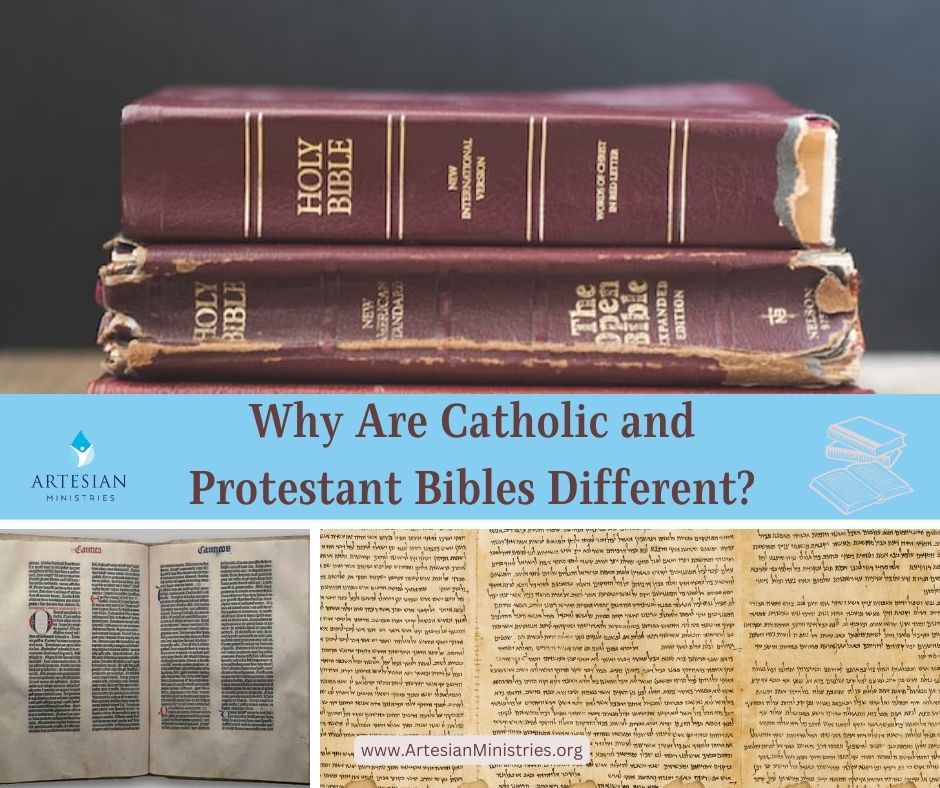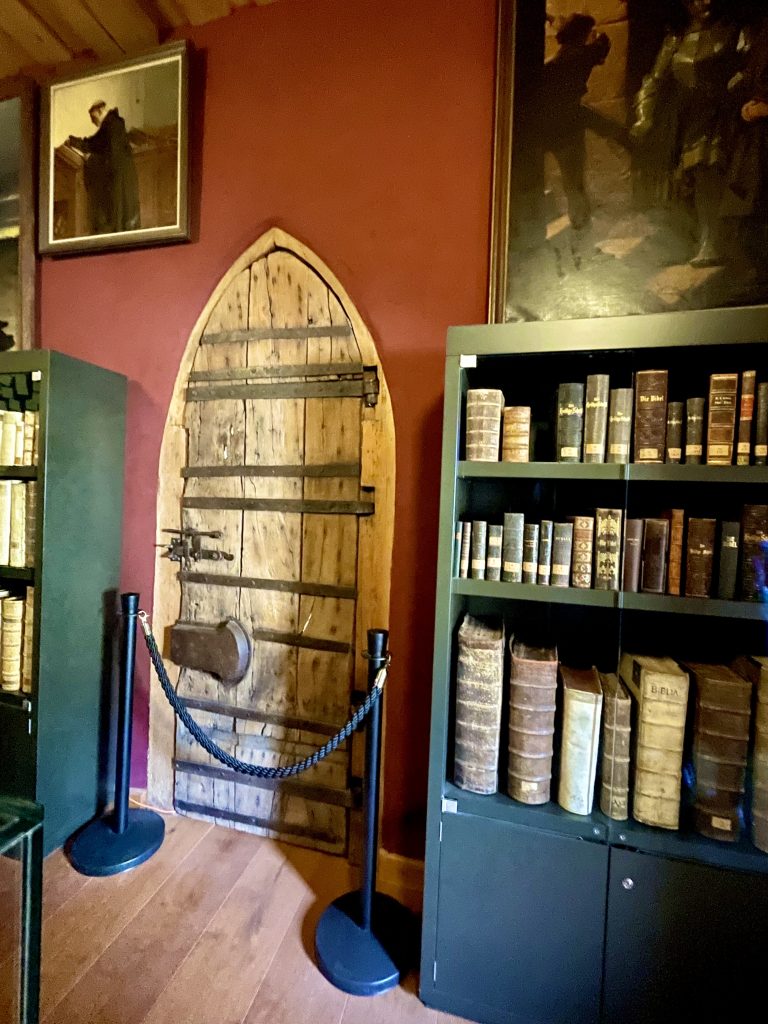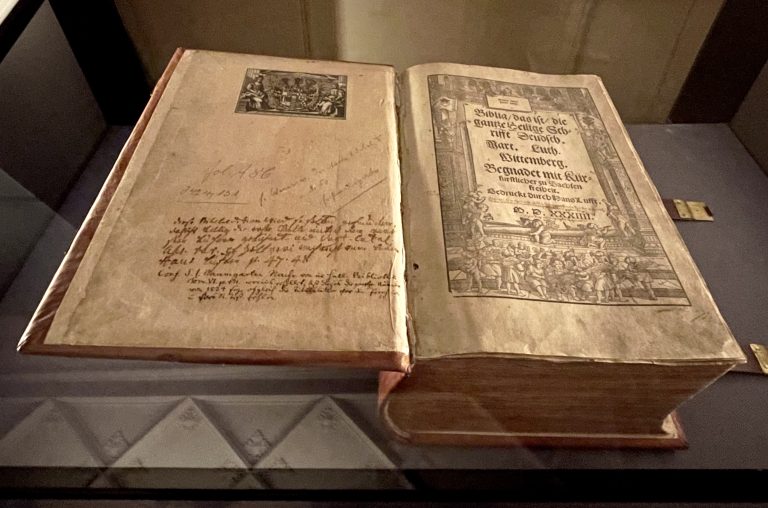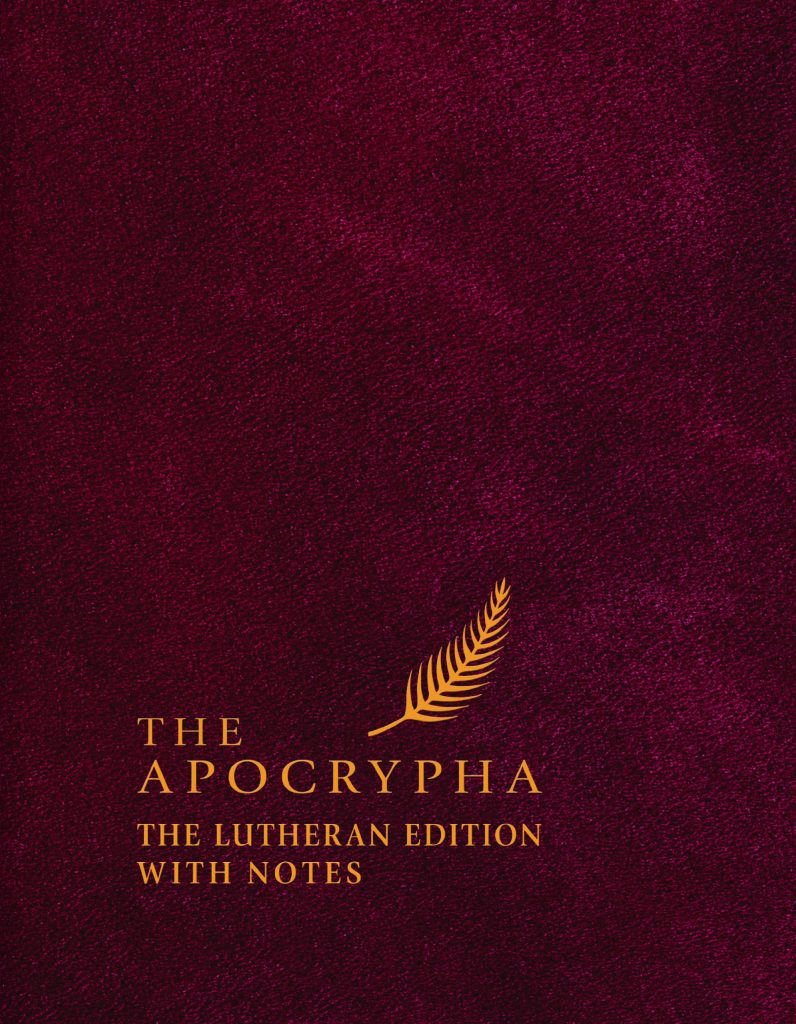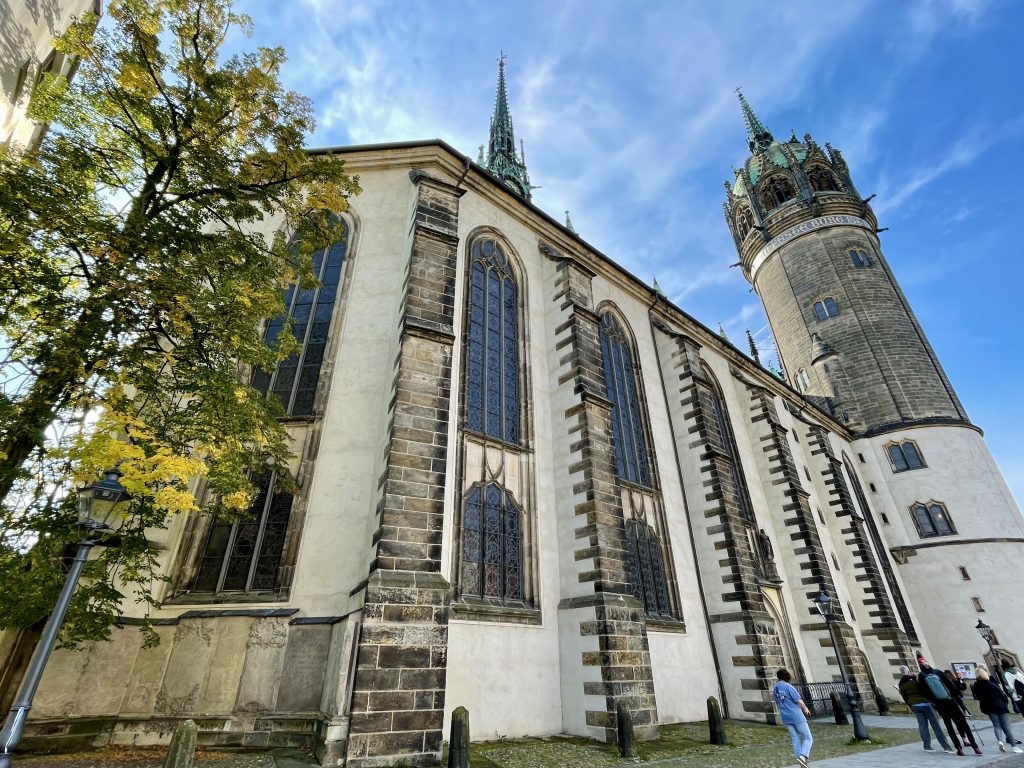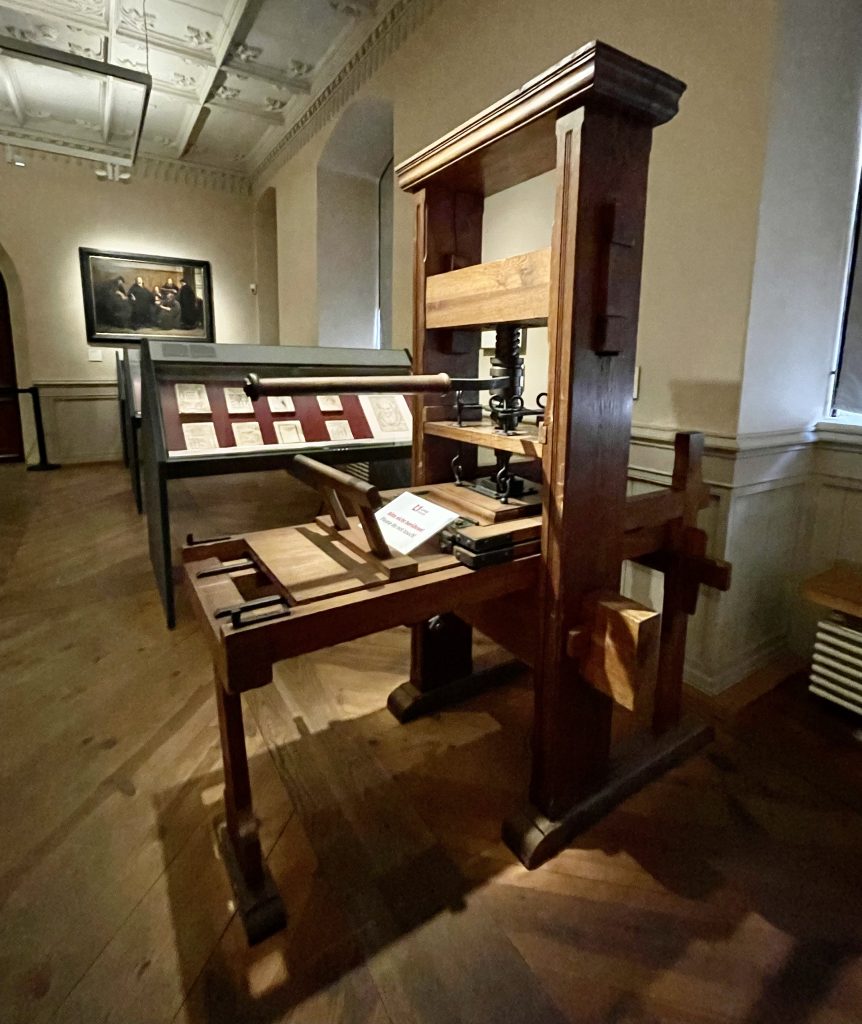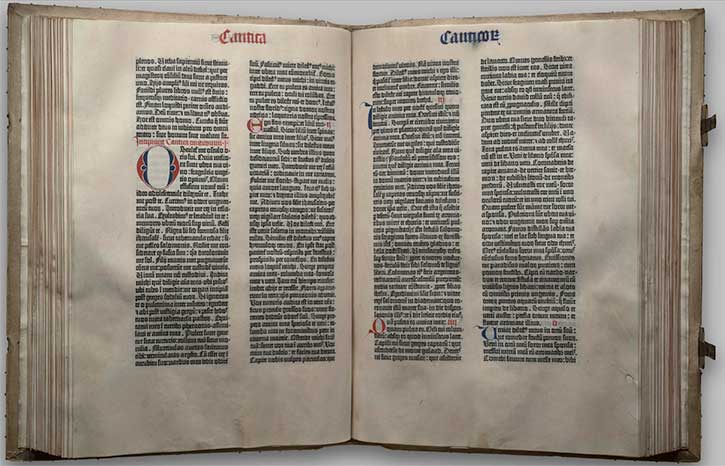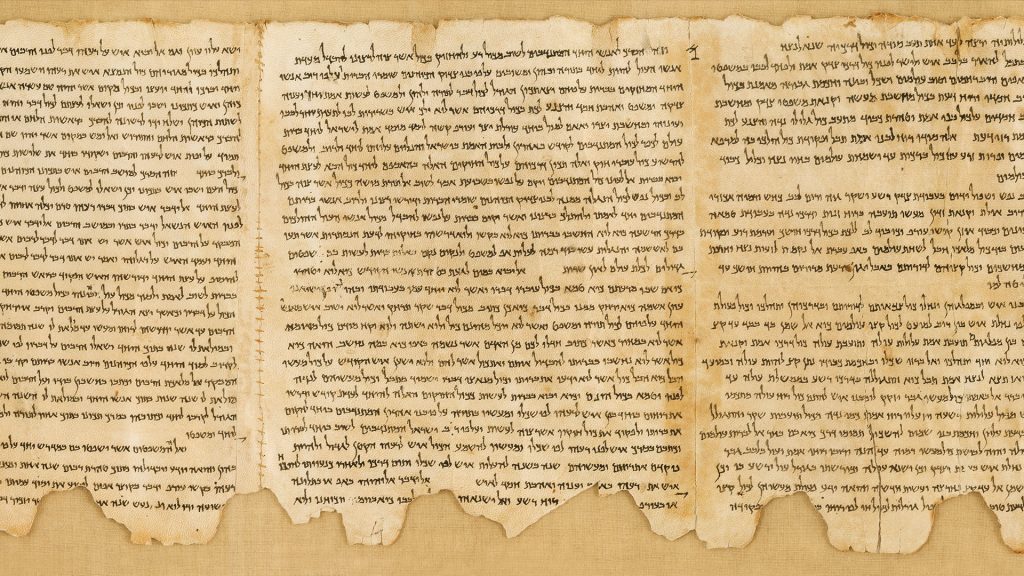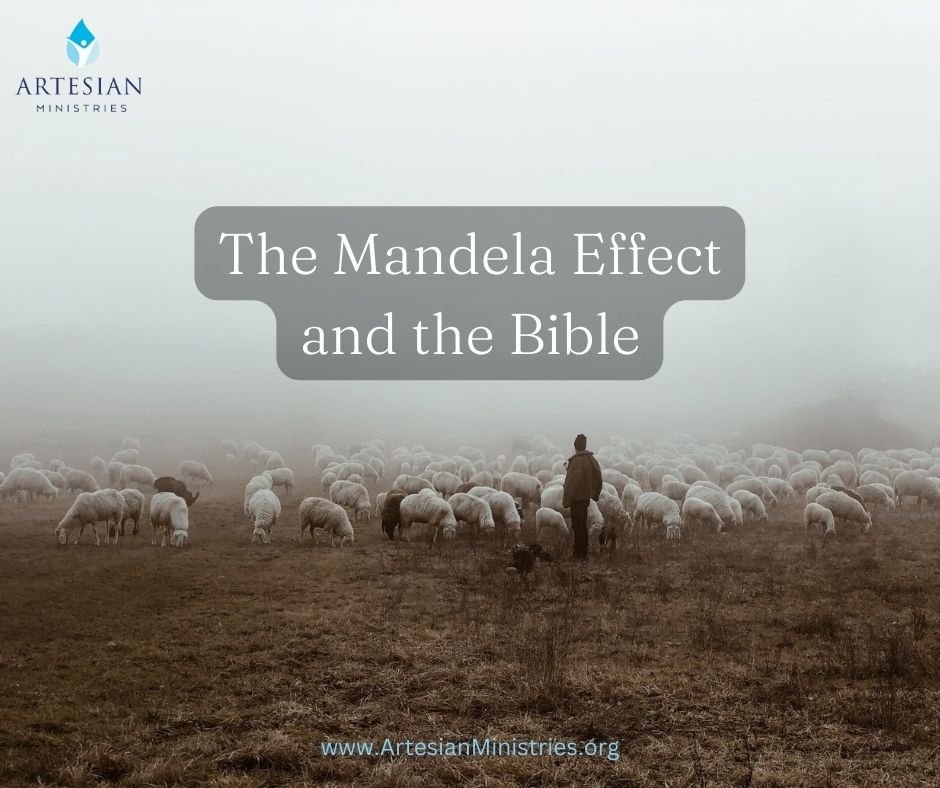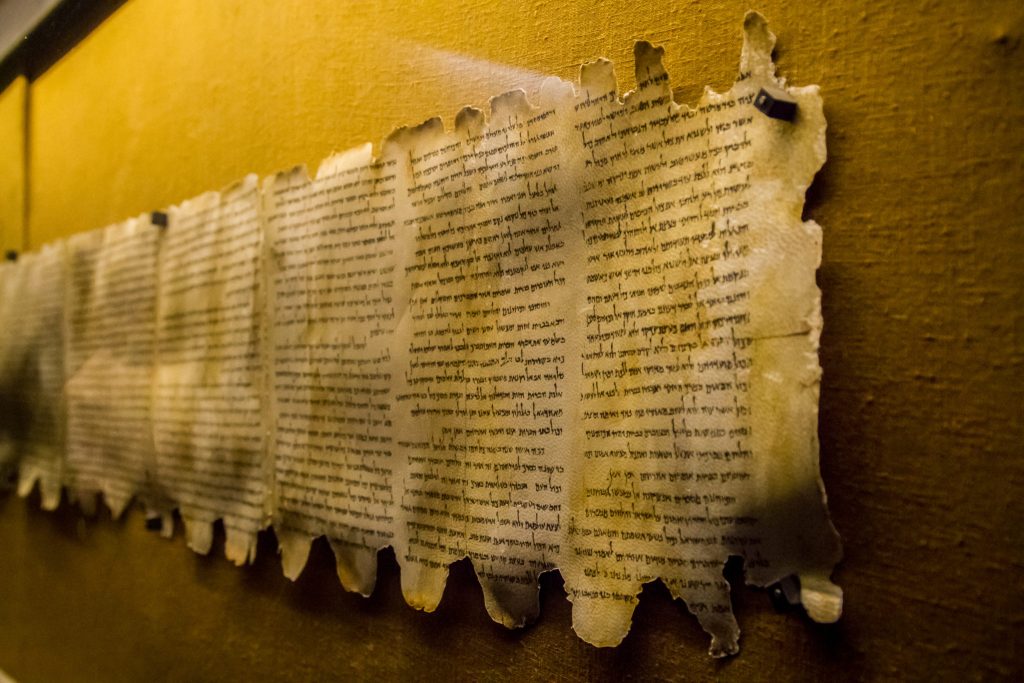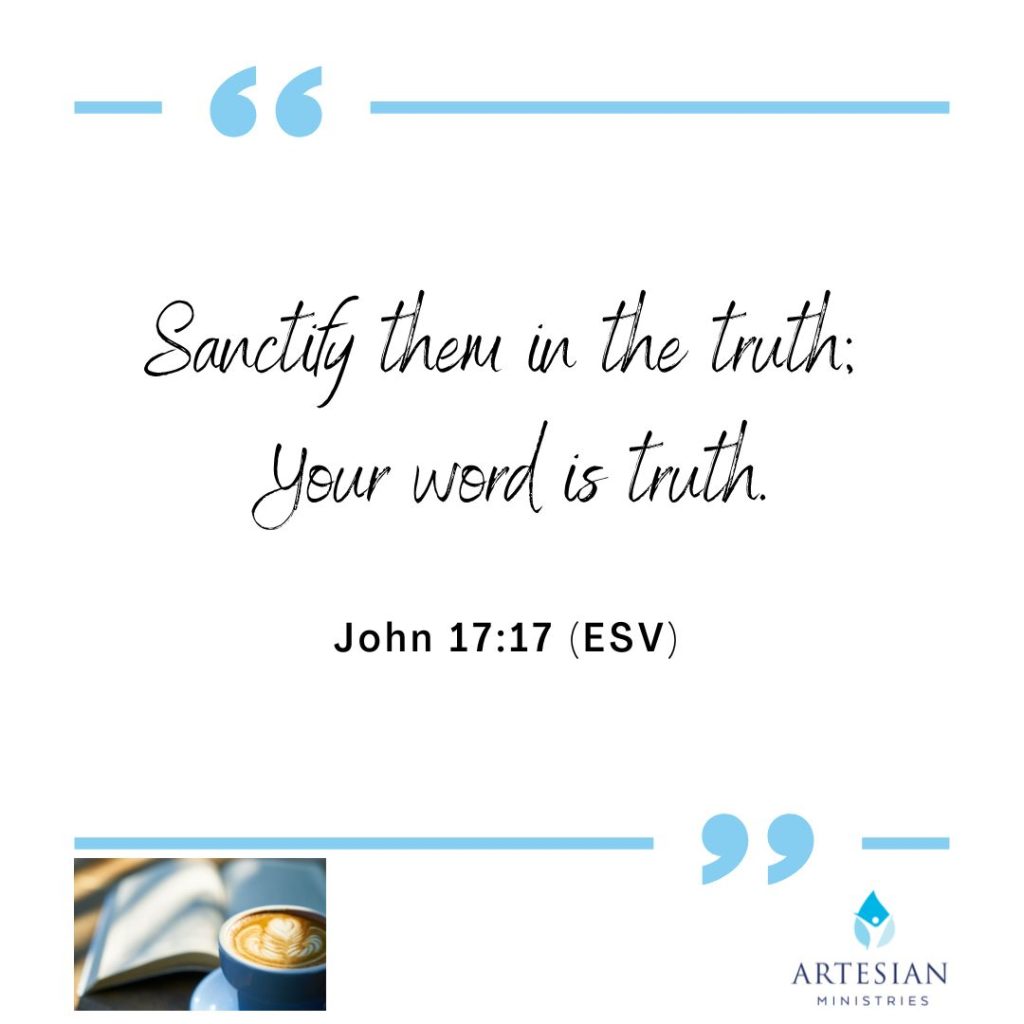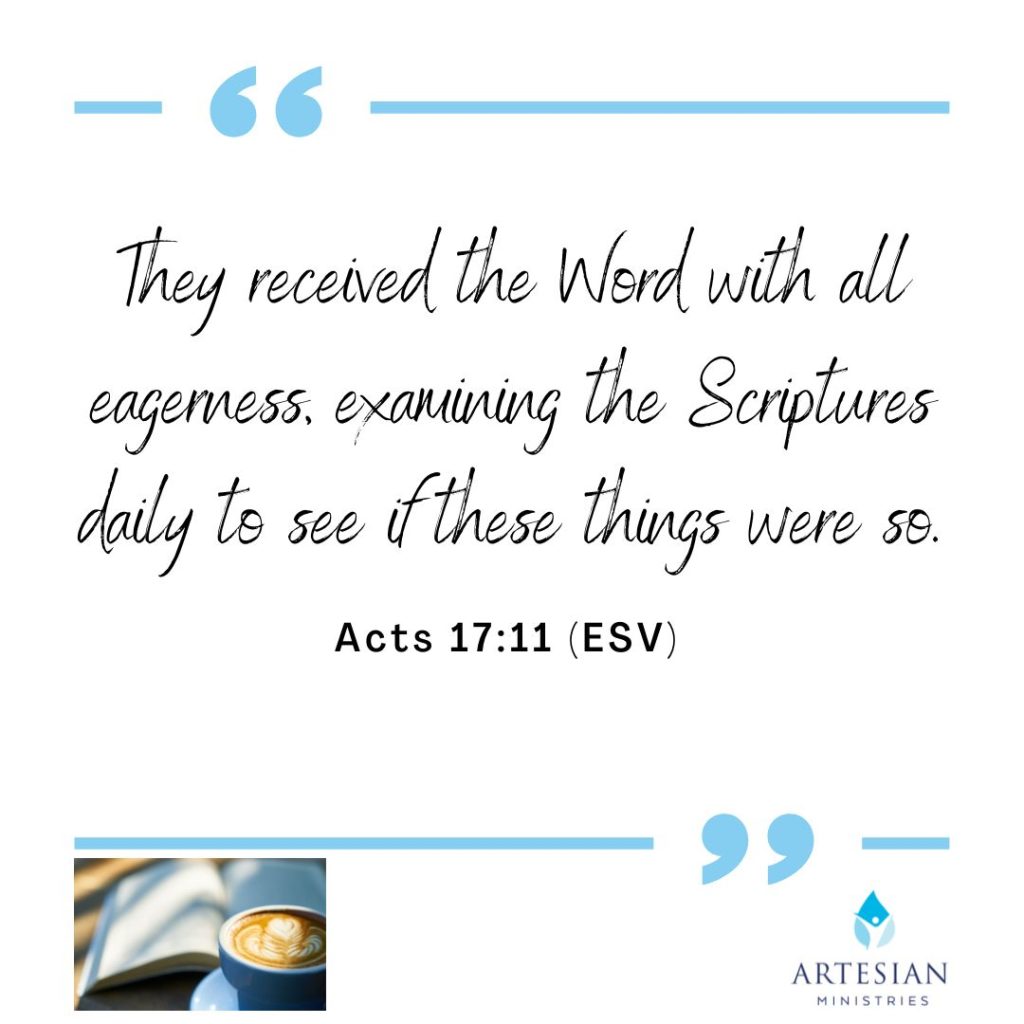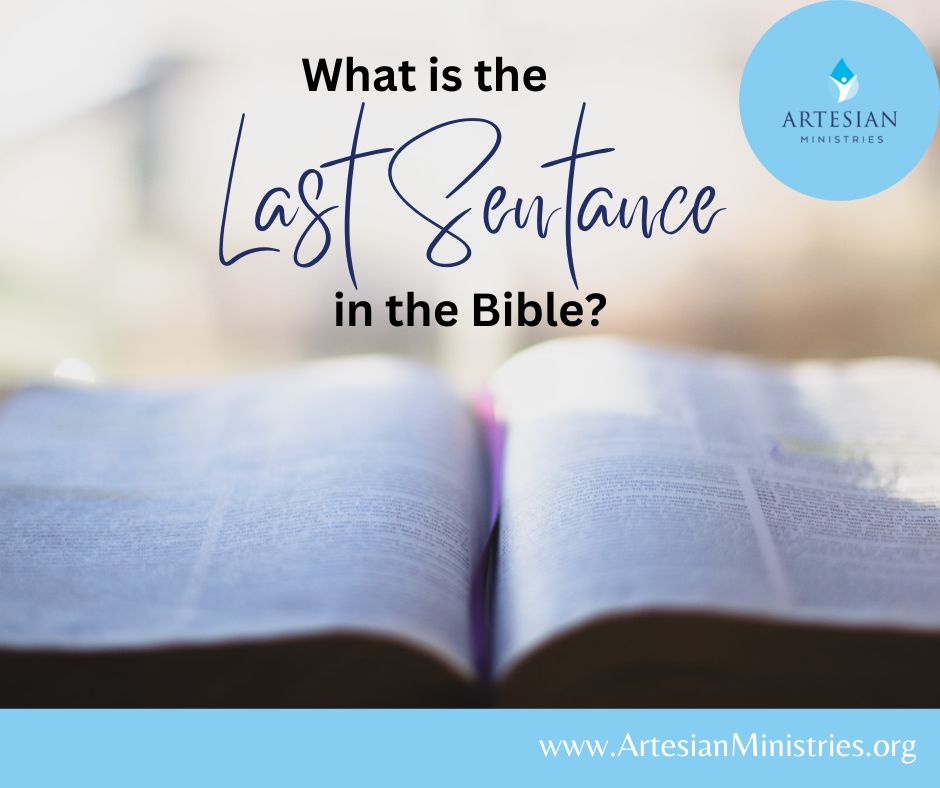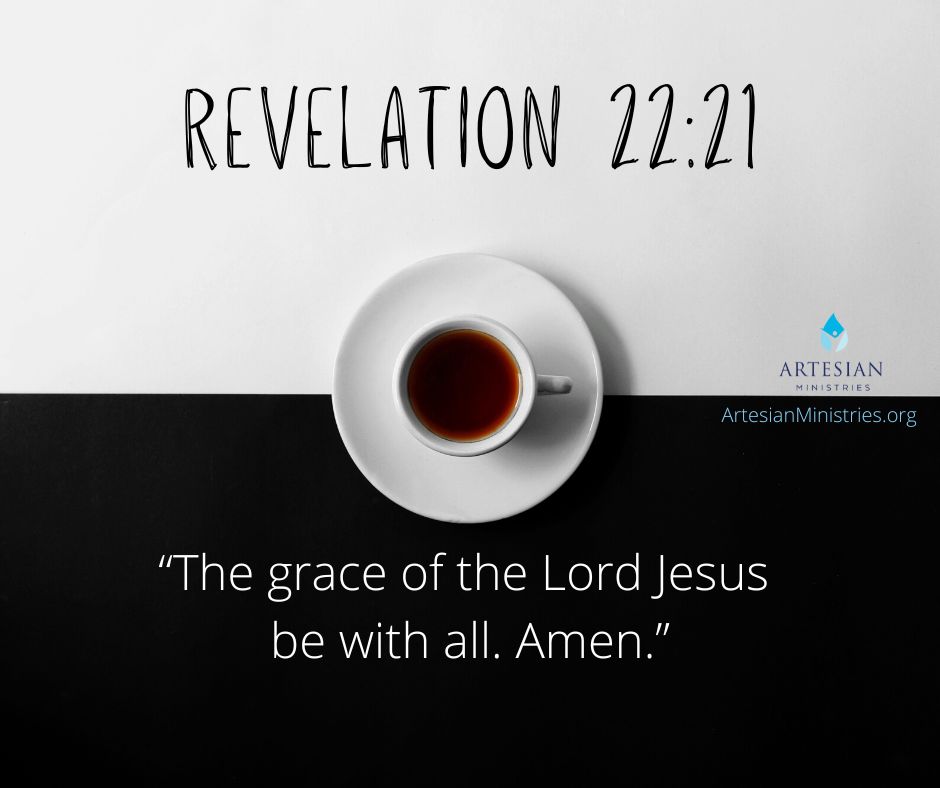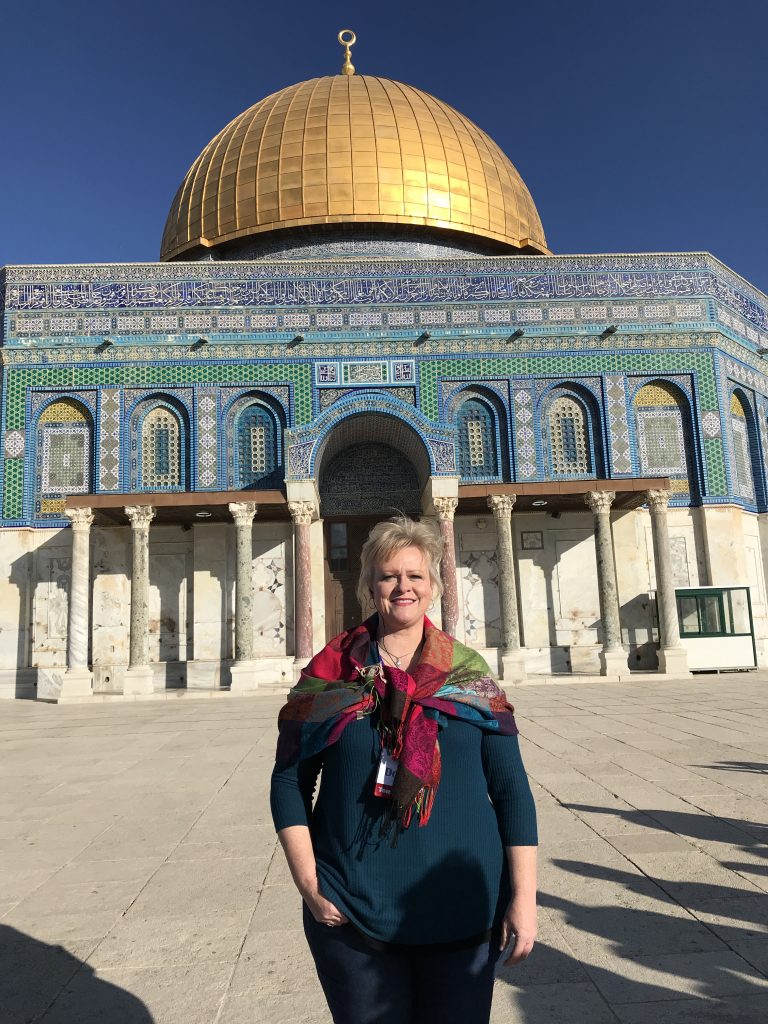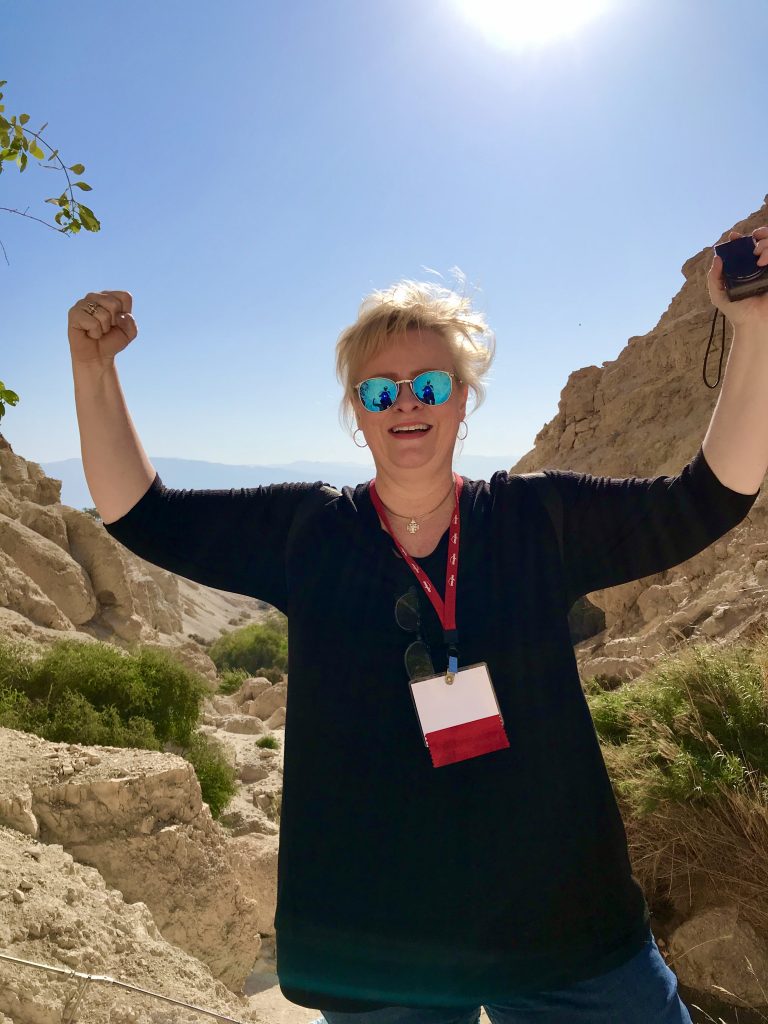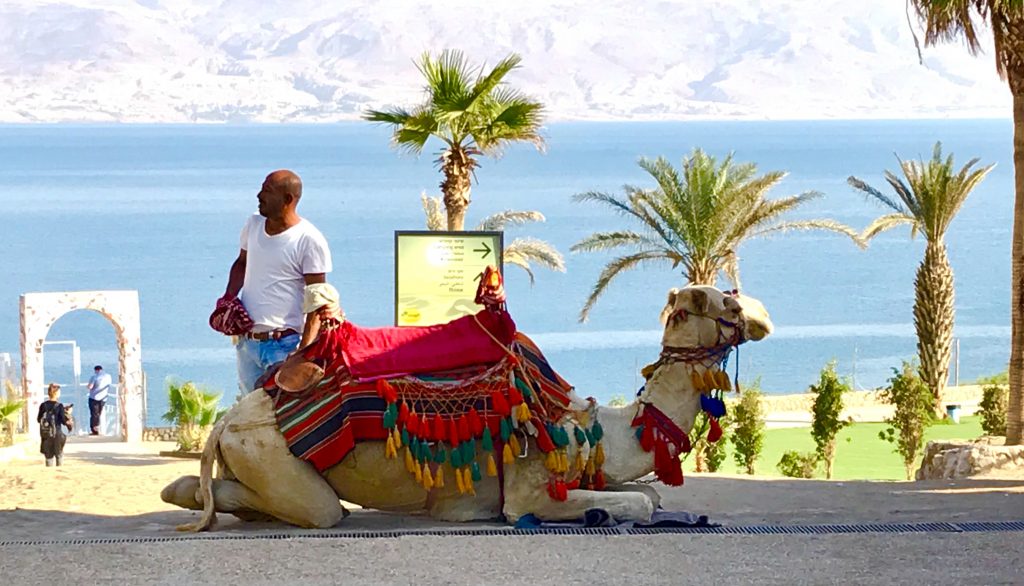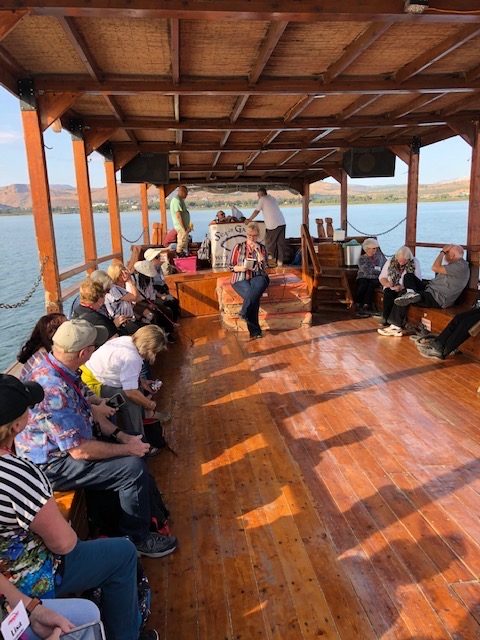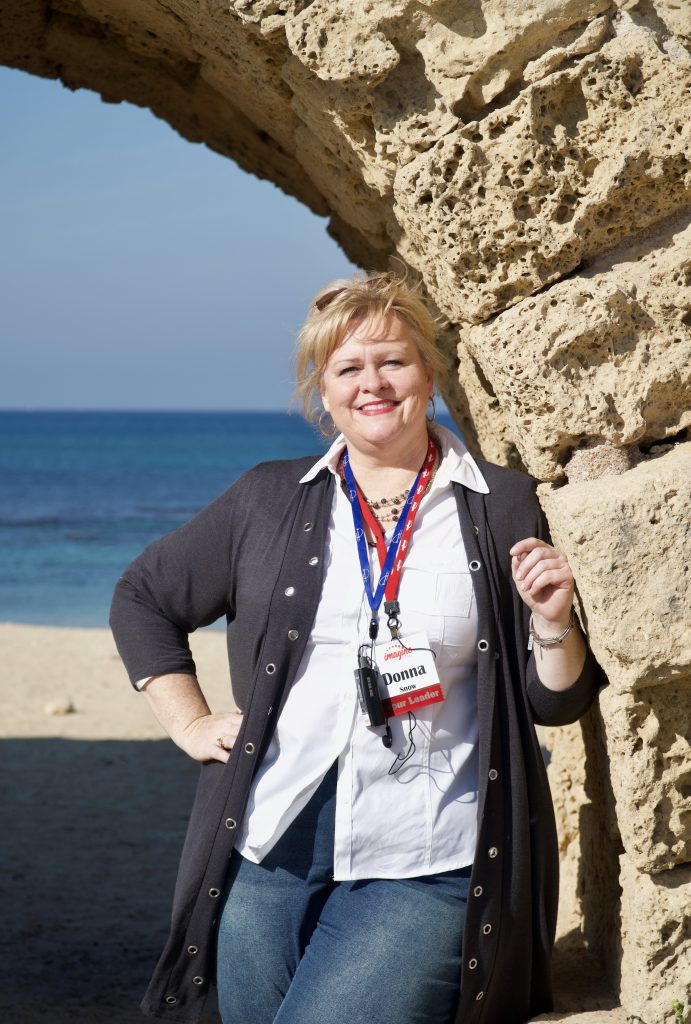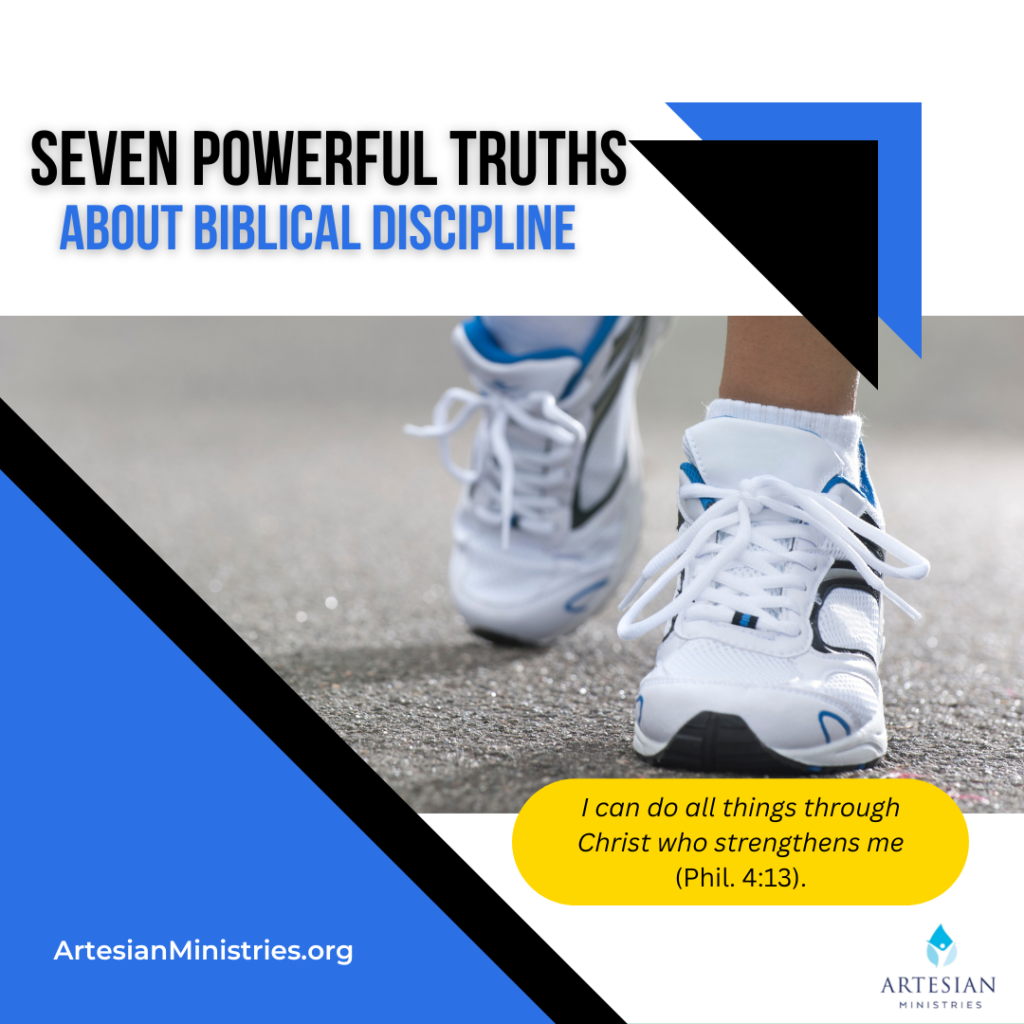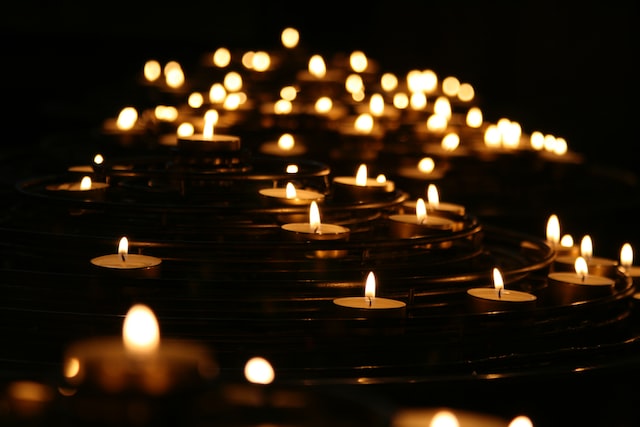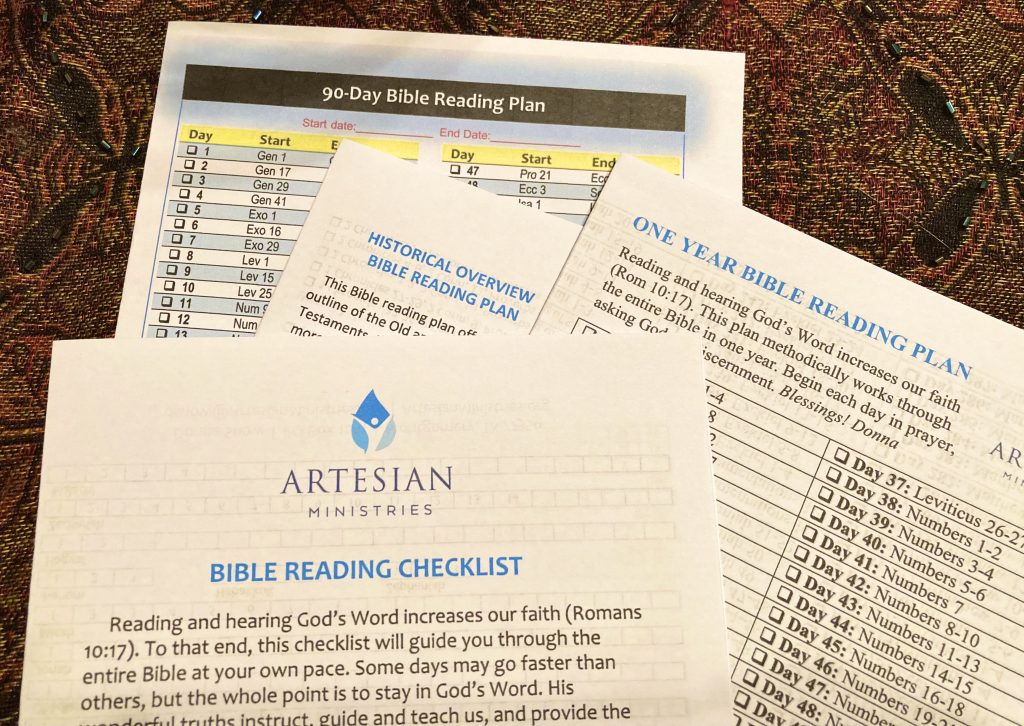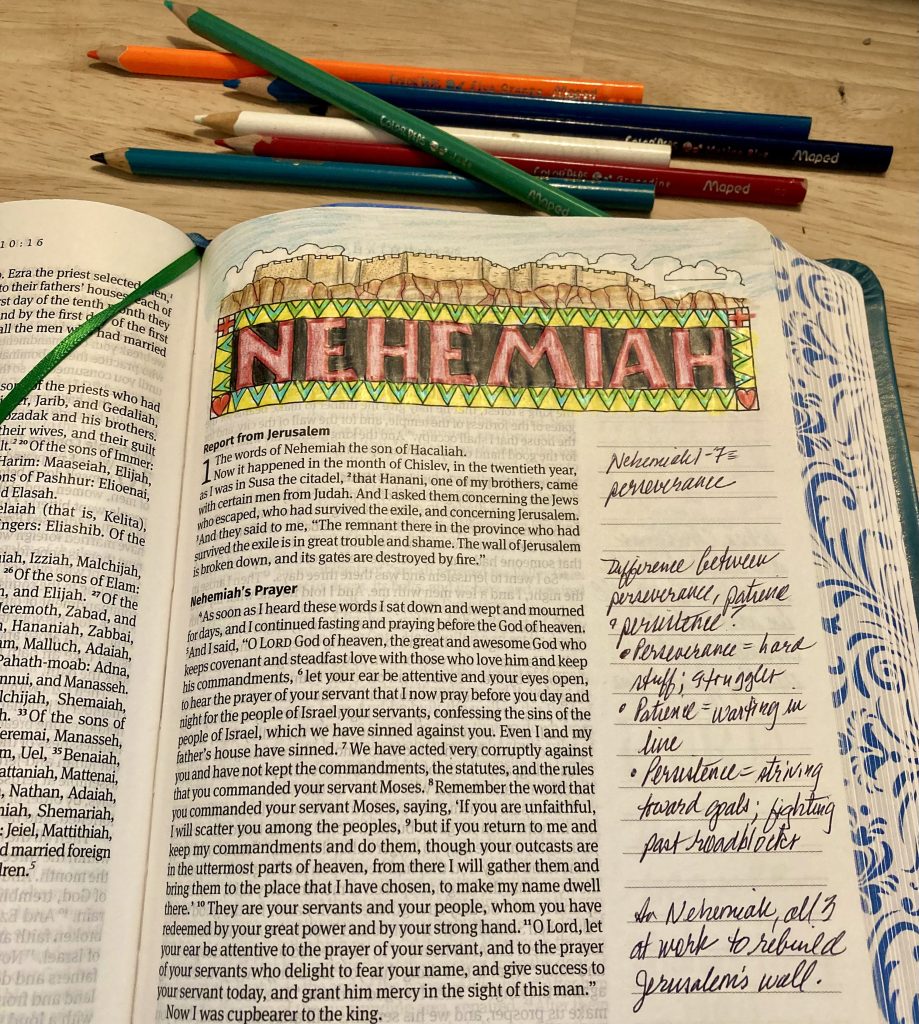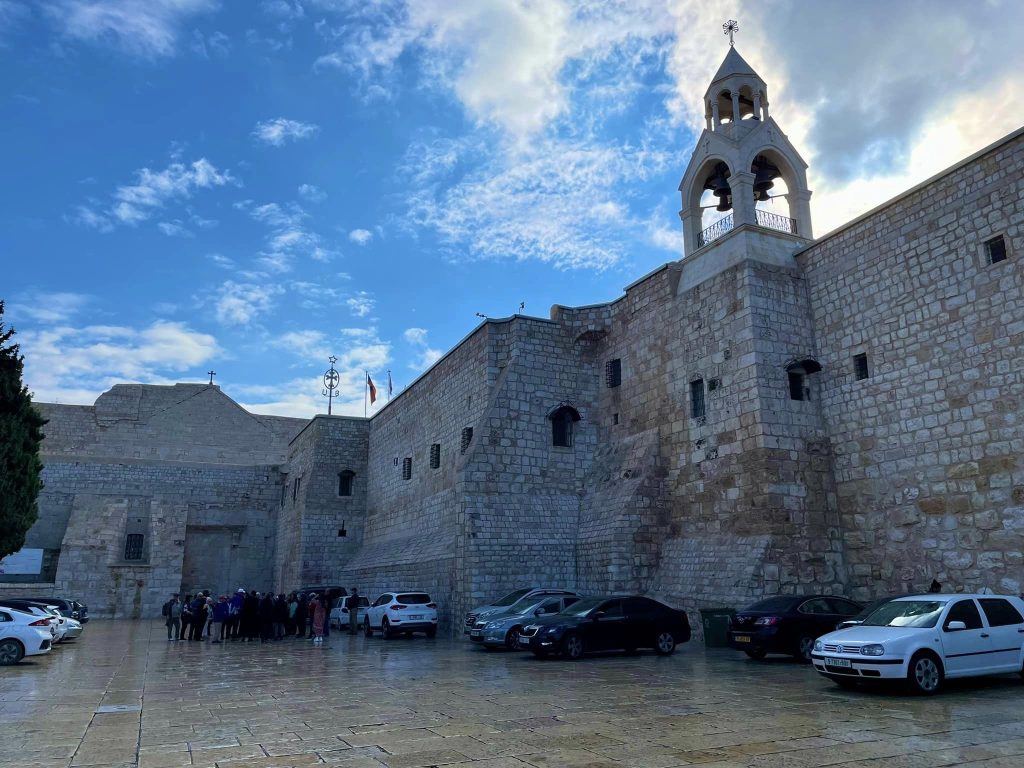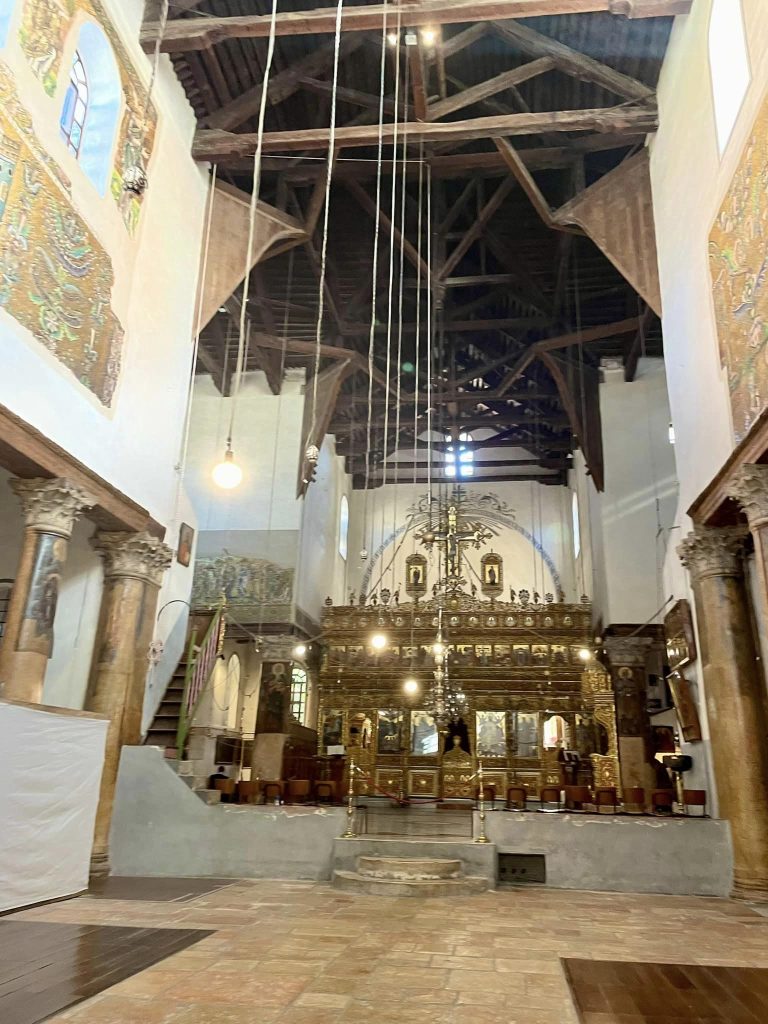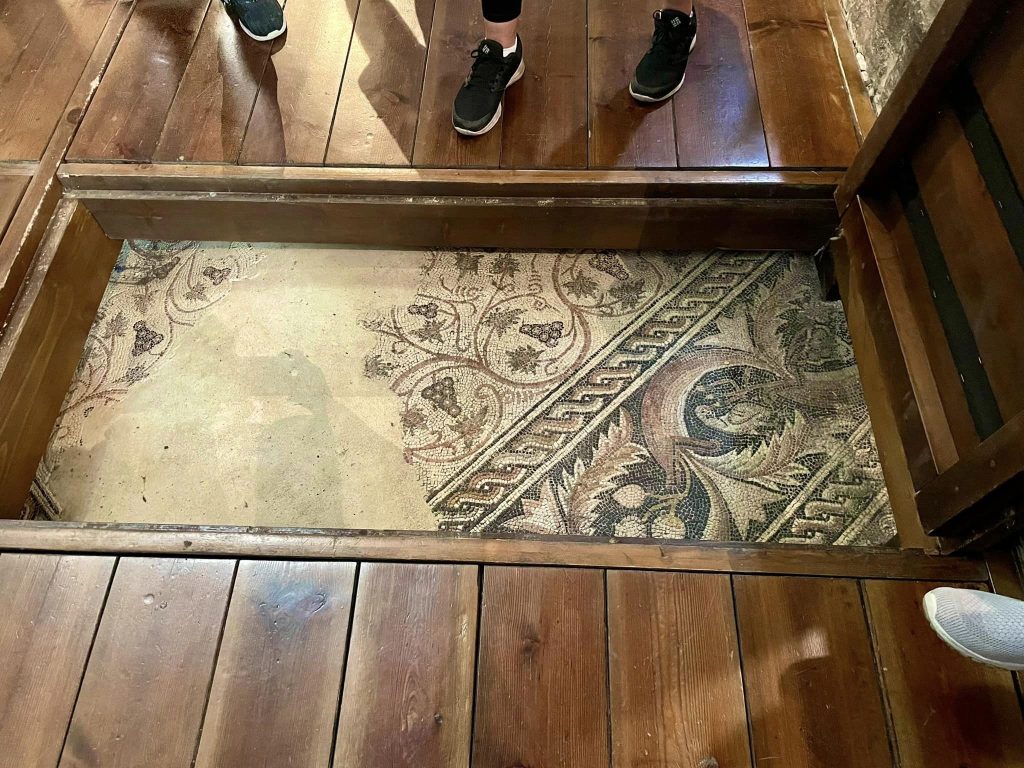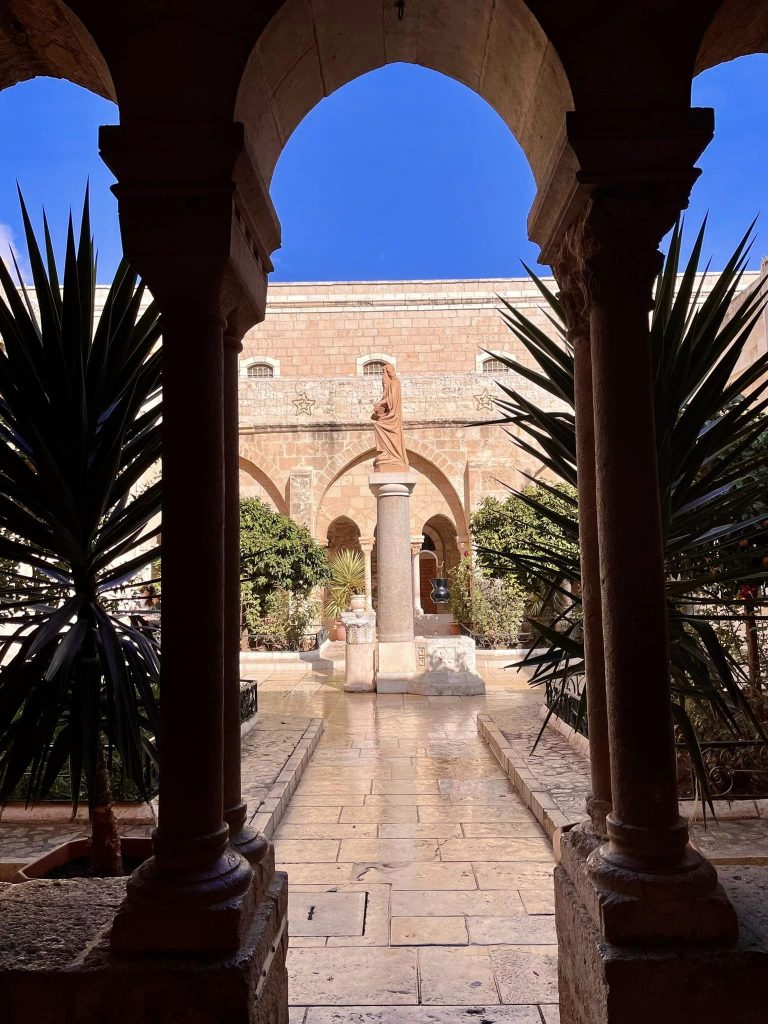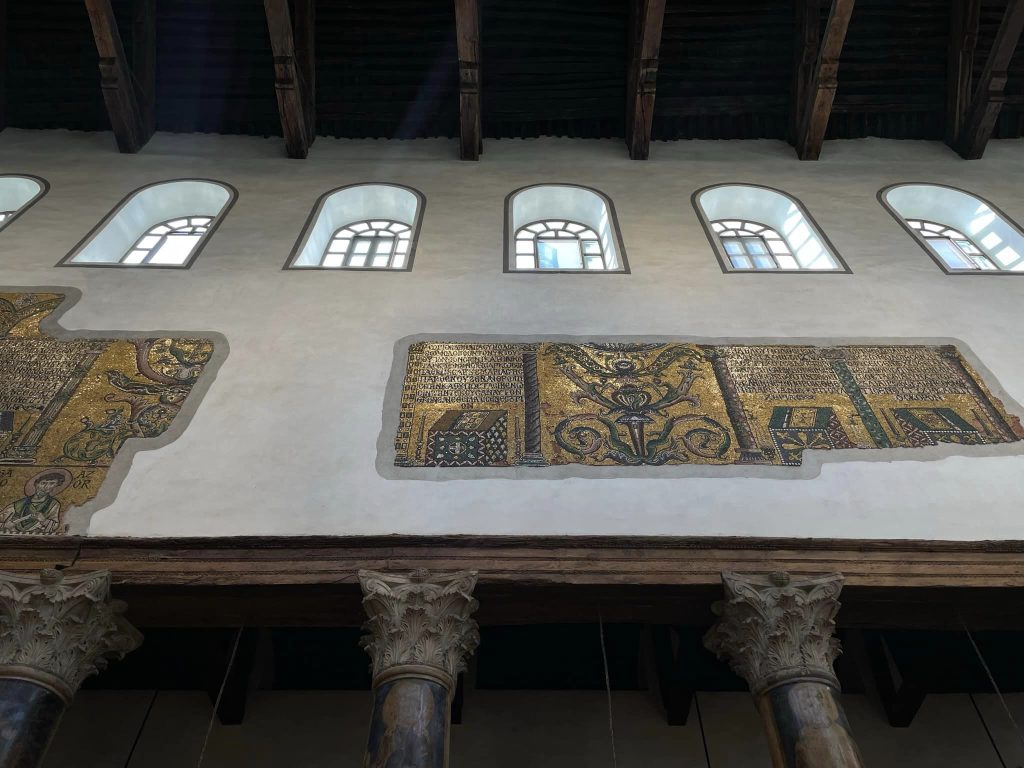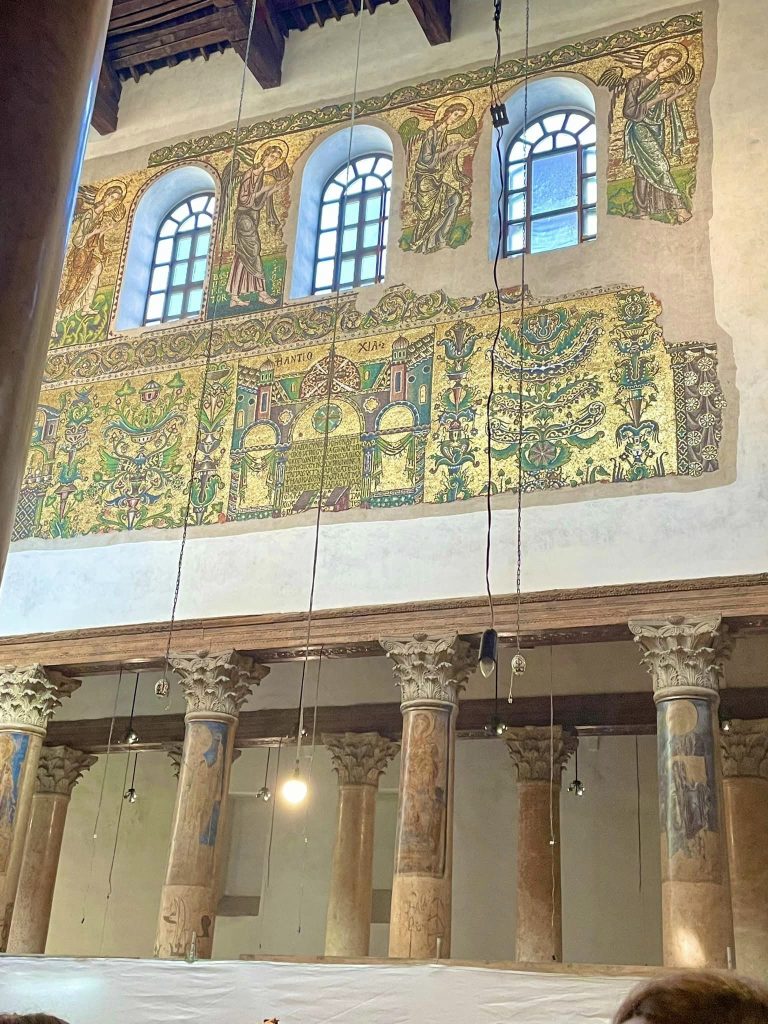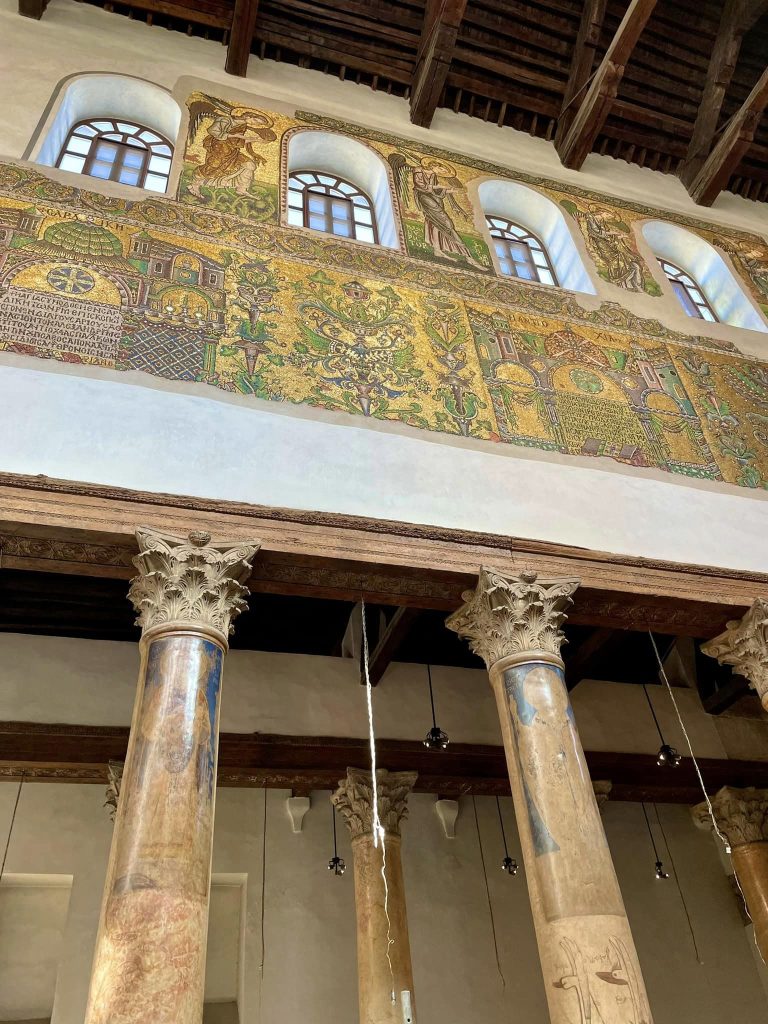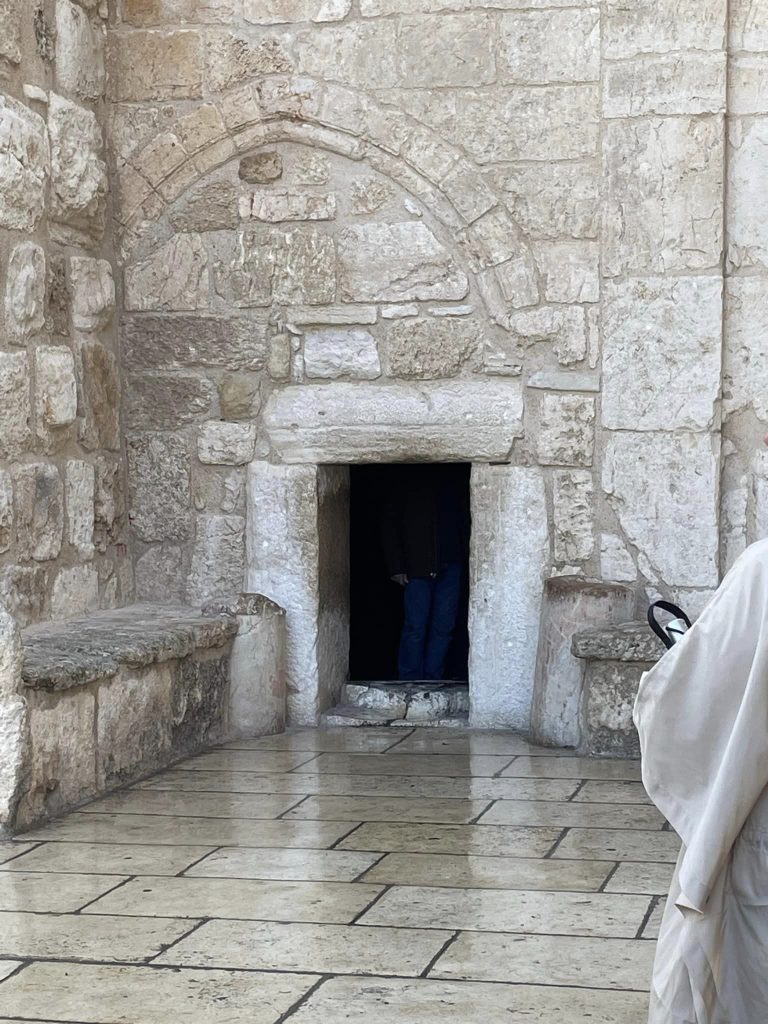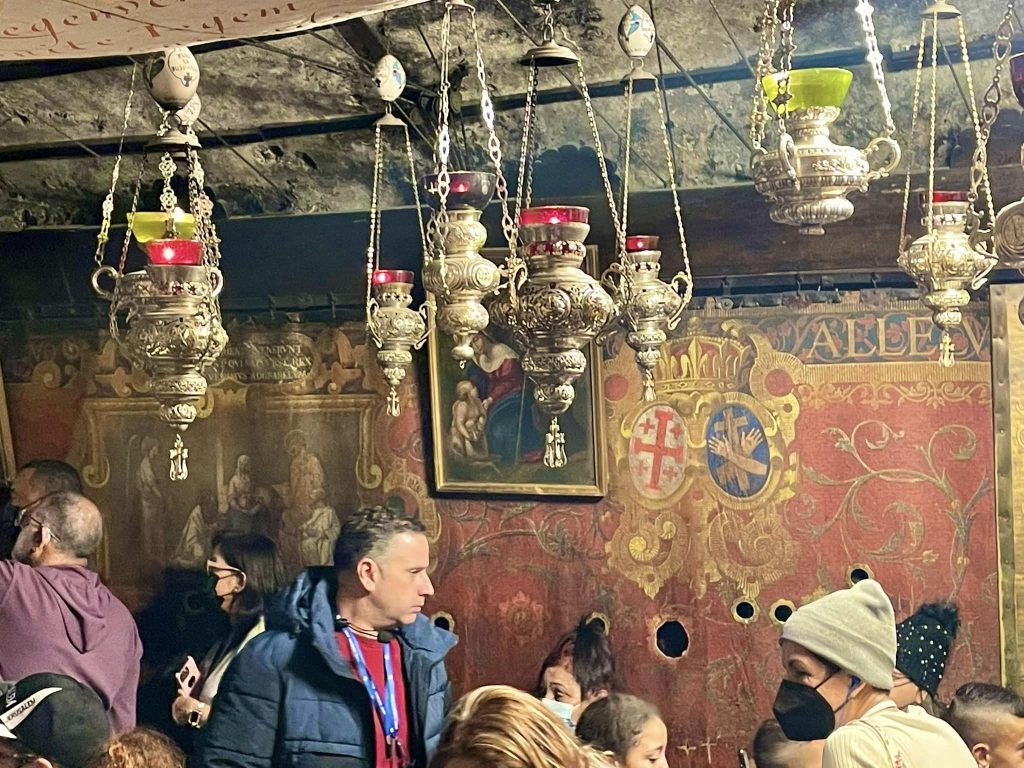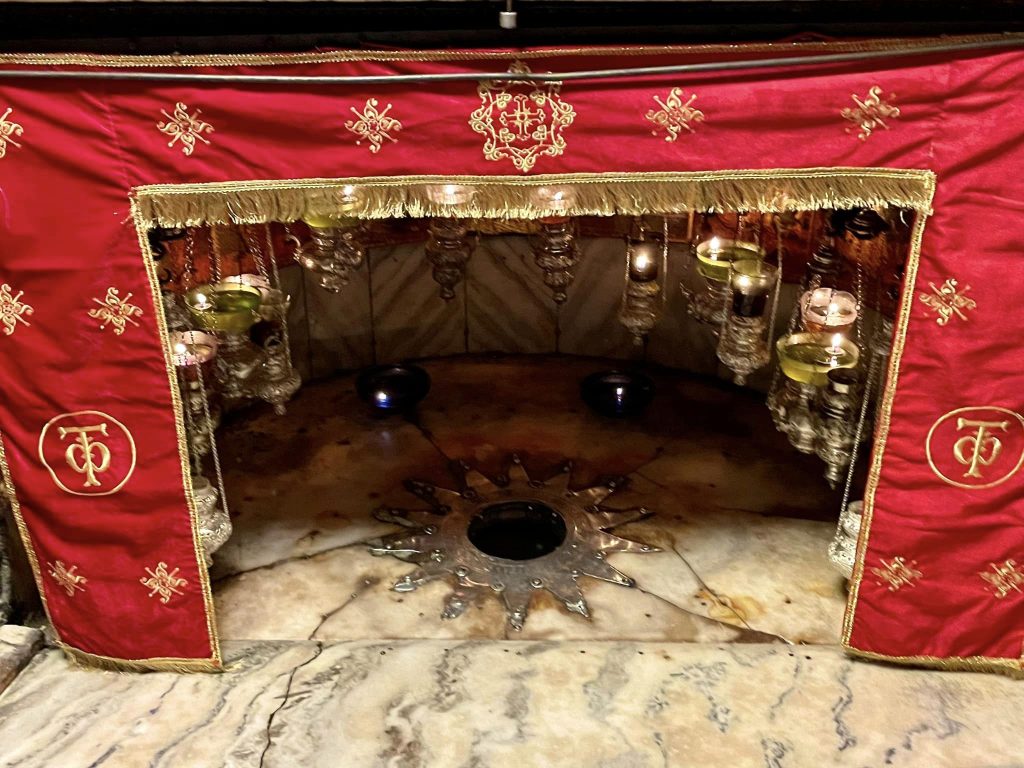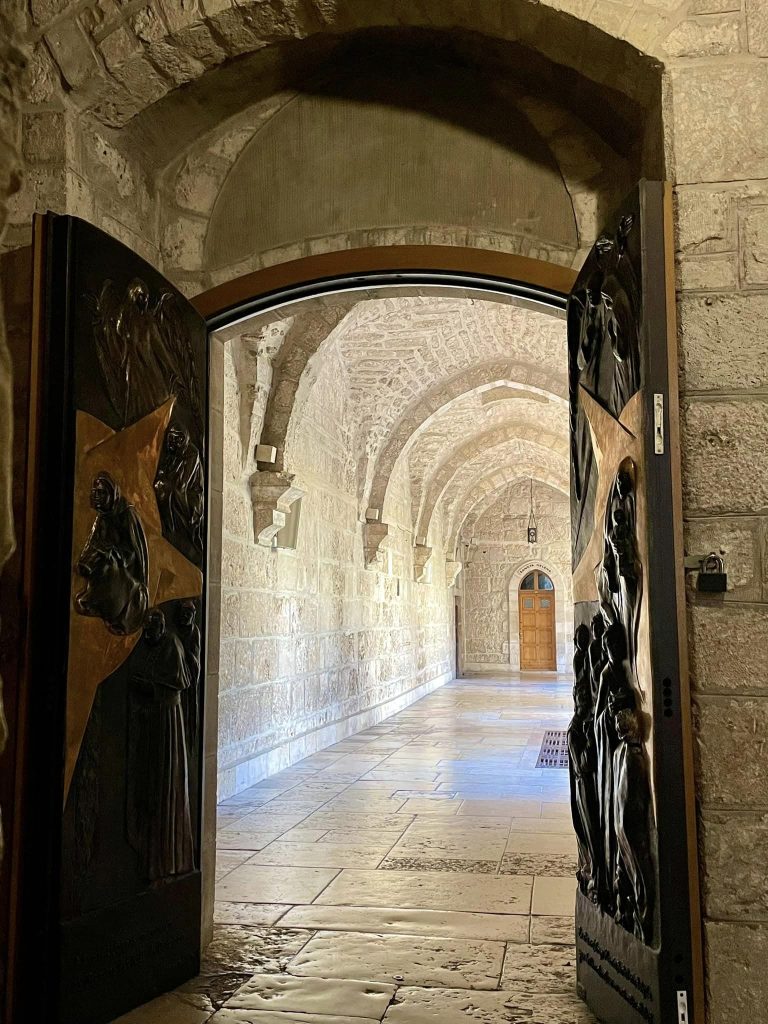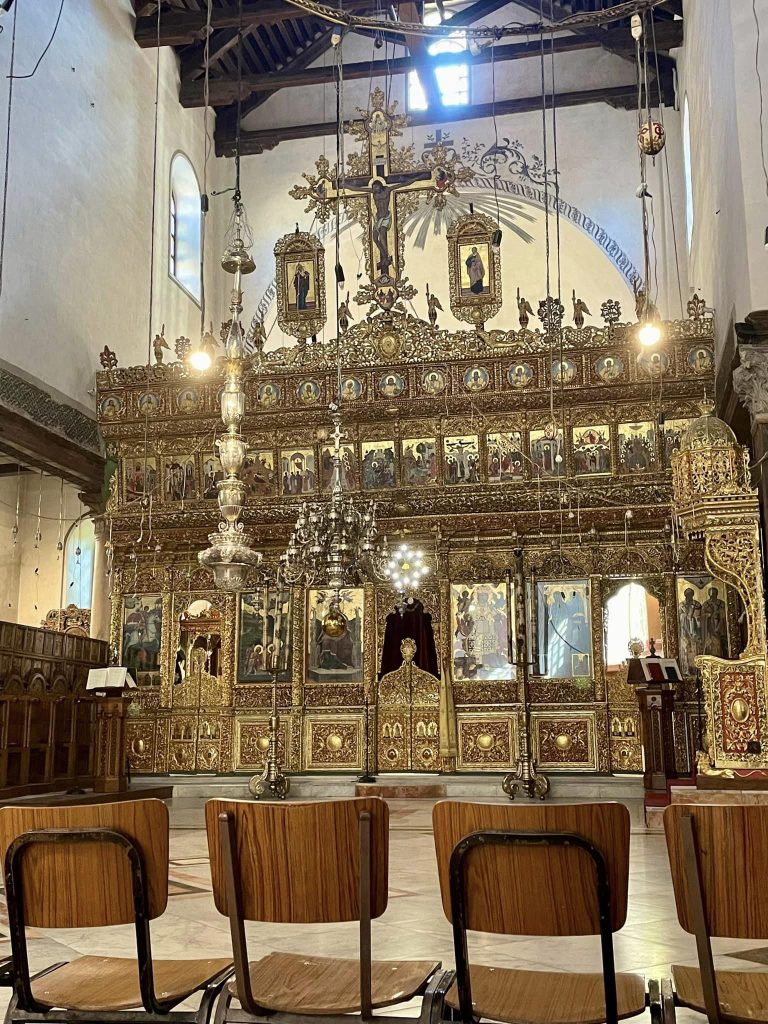Spending time in the Word of God is so important to growing your faith. But what are the best books of the Bible to read first?
If you’re a new Christian or just new to Bible study, you have probably wondered where to start reading the Bible. Let’s dive right in.

Contents
What Book of the Bible Should I Read First?
The best place to start reading the Bible is the Gospel of John. John was written decades after the other Gospels and provides an extraordinary account of the ministry and testimony of Jesus Christ.
While people vary on answering the best order in which to read the stories of the Bible, there are definitely better places to begin than others. The story of the Bible is an epic, life-changing adventure. Congratulations on starting that journey!

Why are Some Books a Better Place to Start Than Others?
I became a Christian at age 23 and had never read the Bible. Not once. Starting with Leviticus would have put me to sleep, and starting with Revelation would have freaked me out.
Now thirty-two years later, I study those books as part of God’s inspired Word. However, I do not recommend either one as the best option to start your reading journey. Understanding the Bible will be an incredible, life-long endeavor.
My point is not to provide another Bible reading plan. Although they are very useful (like this Chronological Bible Reading Plan that I’m currently walking through), for new Christians trying to understand the first things about Scripture we need to skip around a bit.
The best reason to start reading the Bible is to gain a better understanding of the greatest story ever told. God’s pursuit of mankind is the greatest love story ever written.
Jesus’ death on the cross was the most beautiful sacrifice ever given. His resurrection means the difference between eternal life and eternal torment.
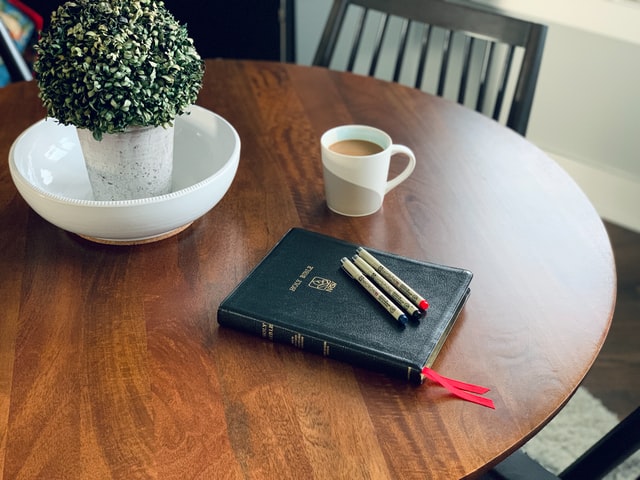
New Testament Books
The New Testament is the best place to start reading the Bible because you learn about our Savior Jesus Christ. The entirety of God’s Word points toward Jesus.
Understanding the life of Jesus, how much He loves you, and His mission to offer you new life is vital to our faith walk. Consequently, the Gospels (the first four books of the New Testament) are a great place to start.
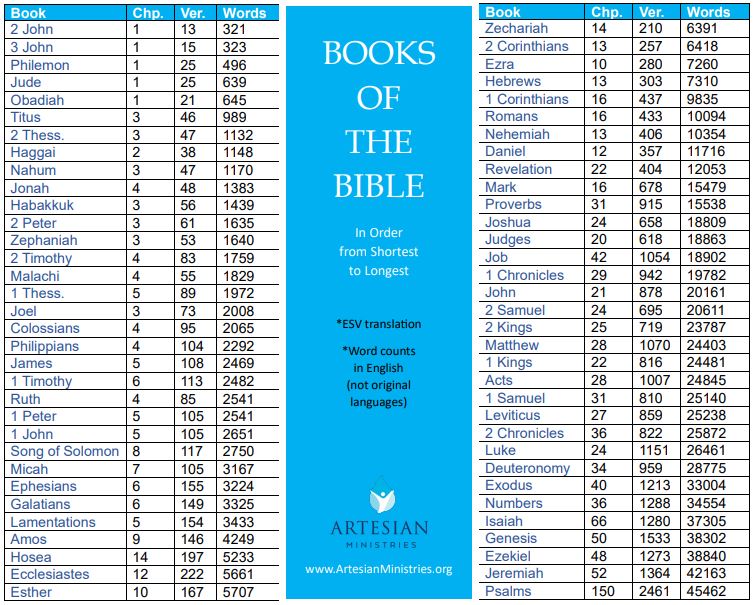
1. Gospel of John
John is my favorite Gospel and one of my favorite books in the entire Bible. The book of John is a masterpiece of literature and theology. It provides an extraordinary account of the ministry and testimony of Jesus Christ.
Ninety percent of John’s Gospel is unique from the other three (or Synoptic) Gospels. Since John’s Gospel was written decades after the other three Gospels, the Apostle provides a more rounded and relatable picture of our Savior.
While the other three Gospels focus on the works and words of Jesus, John provides an exalted portrait of Jesus’ love and His deity as the Son of God. The miracles, lessons, and parables of Jesus are chronicled, as well as His life, death, and resurrection.
One of the most universally recognized Bible verses is found in John’s Gospel: “For God so loved the world, that He gave His only Son, that whoever believes in Him should not perish but have eternal life” (John 3:16, ESV).

2. Romans
Romans was penned by the Apostle Paul and conveys essential Christian doctrine and beliefs. Why is that important?
Before Paul’s encounter with the resurrected Jesus on the road to Damascus, Paul persecuted Christians. Formerly known as Saul of Tarsus, He did not believe Jesus’ message and was zealous in stamping out His followers.
Paul was a Jew who learned the Gospel from ground zero and became a passionate follower of Jesus who wrote much of the New Testament.
I can relate to the Apostle Paul starting at ground zero and perhaps you can, too. In Romans, we see the essential teachings of Christianity and its mission, as well as justification by faith alone through Christ’s righteousness alone.
My favorite verses in Romans are: “For I am convinced that neither death nor life, neither angels nor demons, neither the present nor the future, nor any powers, neither height nor depth, nor anything else in all creation, will be able to separate us from the love of God that is in Christ Jesus our Lord.” (Romans 8:38-39, NIV).

3. Book of Ephesians
The book of Ephesians was also written by the Apostle Paul. At its core, Ephesians teaches us how to live a holy life empowered by the Holy Spirit.
Ephesians is a short book containing only 6 chapters, but it is absolutely dynamic and uplifting to read. Especially for new believers.
Ephesians begins with a beautiful explanation of the spiritual blessings given through Christ to all believers, including adoption as sons and daughters, redemption, forgiveness, and Baptism that unites all Christians.
Paul teaches about the beautiful grace of God, contrasted with what Christians can expect in spiritual warfare. Spiritual warfare and the protection God gives us against it is so important to understand that I wrote an entire 8-week Bible study on Ephesians 6:10-18 called “Your Strong Suit.”
My favorite verses in Ephesians are: “For by grace you have been saved through faith. And this is not your own doing; it is the gift of God” (Ephesians 2:8, ESV).

4. Book of Philippians
Also penned by the Apostle Paul, the book of Philippians teaches how to have joy during trials. You can certainly relate to needing joy in our post-pandemic world.
Paul experienced one of the most famous conversions in the history of Christianity and experienced severe persecution for his faith. He endured more physical persecution than any other disciple of Jesus in the New Testament. Reading through 2 Corinthians 11:23-28 where Paul lists these atrocities is sobering, indeed.
My favorite verses in Philippians are: “But whatever were gains to me I now consider loss for the sake of Christ. What is more, I consider everything a loss because of the surpassing worth of knowing Christ Jesus my Lord, for whose sake I have lost all things. I consider them garbage, that I may gain Christ” (Philippians 3:7-8, ESV).
Note: An honorable mention in this “top 4” list to read in the rest of the New Testament is the Book of Acts. Written by Luke, Acts reveals how the first-century Christian church was started and the incredible faith of the early Church. It is inspiring, to say the least!

Old Testament Books
1. Book of Psalms
The book of Psalms is one of the most quoted, loved books in the Bible and is my favorite book. The book of Psalms is the songbook of the Hebrew people–recalling their joy, sorrow, and hope over hundreds of years. The Psalms show how to praise the Lord and pray authentically.
This book is important because it contains gut-wrenching honesty, raging anger, and heartbreaking confession. Things you and I can relate to today.
You also find God’s beautiful redemption, forgiveness, and grace in the pages of the Psalms. More things you and I desperately need today. King David, Israel’s greatest king, wrote 73 of the 150 psalms.
Psalms is a good place to start reading in the Old Testament because the psalms are simple and heartfelt. Some short, some long. Reading them provides assurance that you are seen, known, and loved exceedingly by the God of the universe.
Psalm 139 is my favorite psalm: “For you created my inmost being; you knit me together in my mother’s womb. I praise you because I am fearfully and wonderfully made; your works are wonderful, I know that full well” (Psalm 139:13-14, ESV).

2. Book of Genesis
The first book of the Bible is another great place to start reading the Bible. In Genesis, you learn about creation, the beginning of time, and the need of all humanity for a Savior.
We meet the great Patriarchs, who were the founders of the nation of Israel. We also witness how God raises up one faithful man, Abraham, to populate the earth and bring about the rescue of the whole world.
My favorite verses are the first two because they start this whole epic story: “In the beginning, God created the heavens and the earth. The earth was without form and void, and darkness was over the face of the deep. And the Spirit of God was hovering over the face of the waters. And God said, ‘Let there be light,’ and there was light” (Genesis 1:1-3, ESV).
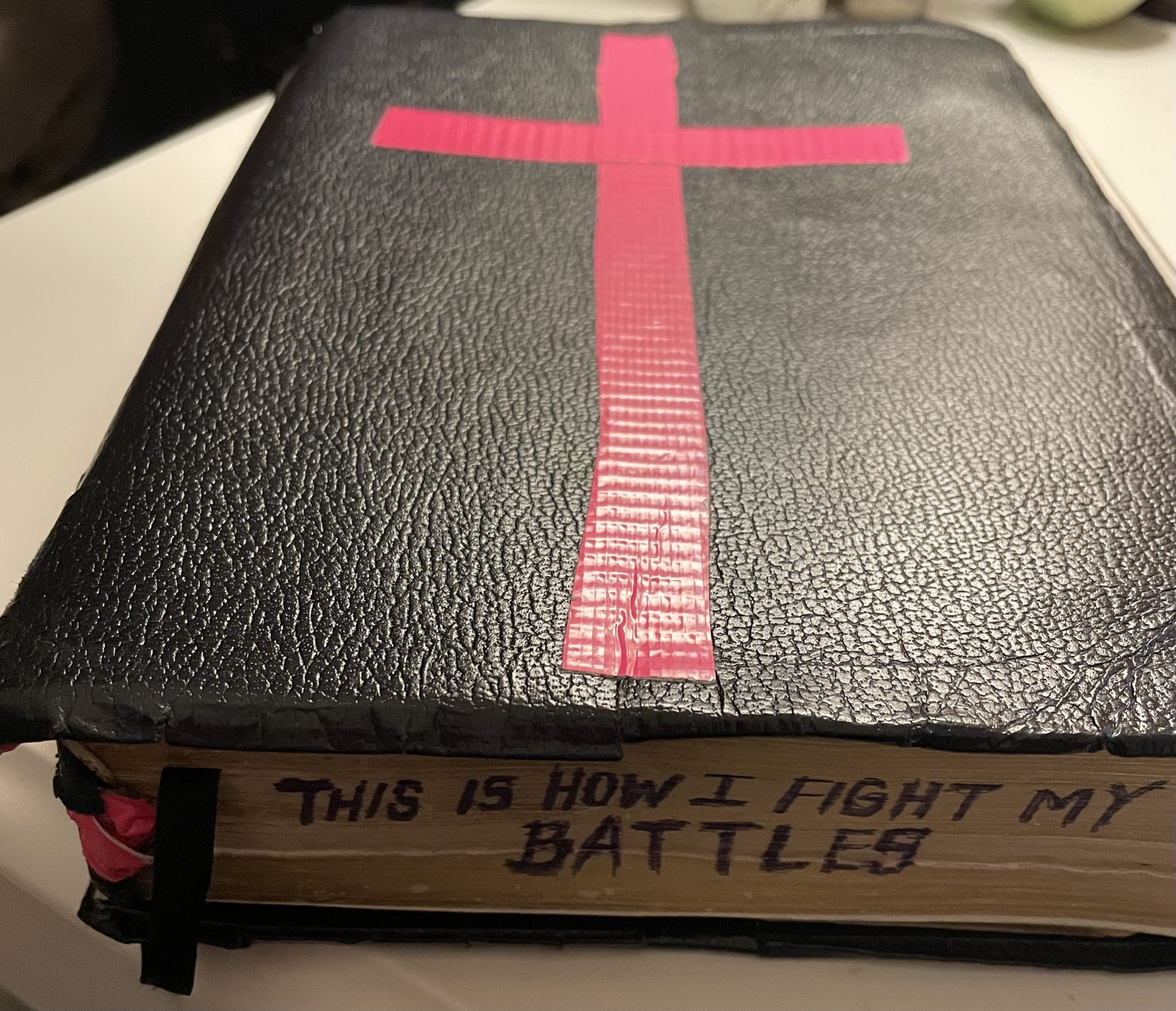
3. Book of Proverbs
The book of Proverbs contains 31 chapters full of wisdom regarding how to live a good, God-honoring life. And bonus – since it has 31 chapters, you can read a chapter each day of the month.
Proverbs expertly contrasts wisdom and folly. You certainly see your fair share of folly in our culture today. Here you find guidance to deliver you from self-destruction and instructions on how to live wise lives that honor God.
My favorite passage in Proverbs is: “For the Lord gives wisdom; from his mouth come knowledge and understanding. He holds success in store for the upright, he is a shield to those whose walk is blameless, for he guards the course of the just and protects the way of his faithful ones” (Proverbs 2:6-8, NIV).

4. Ecclesiastes
The book of Ecclesiastes is both instructive and intriguing. Written by King Solomon toward the end of his life, he offers first-hand wisdom regarding how the success of this world holds no real significance in light of eternity.
Solomon was the wealthiest man who ever lived and had every worldly comfort imaginable. Yet his foolish decisions hastened his destruction as he discovered that not placing God at the center of his life was a huge mistake.
Yet, Ecclesiastes also affirms that God provides for you in every season in His perfect time. It reveals that only God gives true wisdom and pursues you relentlessly to be in fellowship with Him. Much can be learned from Solomon’s journey.
My favorite verse from Ecclesiastes: “For everything there is a season, a time for every activity under heaven” (Ecclesiastes 3:1, NLT).

How to Approach Reading the Whole Bible
It almost goes without saying that reading the Bible cover to cover is instrumental to our Christian life. Yes, it can be intimidating. When a friend gifted me with my first Bible, I remember thinking, “I’ve got to read this whole thing?” Not flattering, but truthful.
Written over a span of 1,500 years by 40 different authors, the Bible is the most important book ever written. Inspired by the Holy Spirit, the authors come from every walk of life. They wrote in times of war, peace, defeat, and victory.
There are prophetic books, difficult passages, and dozens of translations, yet the big picture reveals just how much God loves you. Once you read the books listed above, spend time in prayer about where God would have you read next as you work your way through the rest of the Bible.
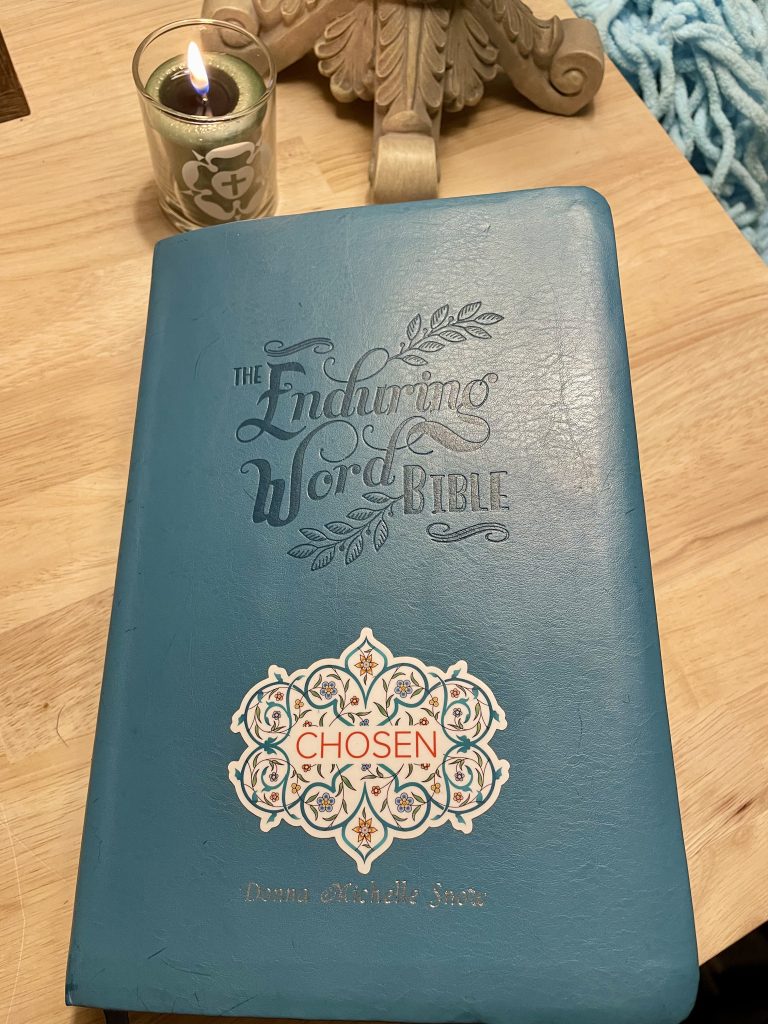
What Version of the Bible is Best?
I read most often from the English Standard Version. Scholars have said that this translation most accurately reflects the original languages in which the Bible was written using modern language. I would not recommend the King James Version, since some of the language and terminology are not really used today and therefore hard to understand.
My favorite Bibles are:
- Enduring Word Bible (space for writing notes and art to color) (the “Chosen” sticker represents my latest Bible study on the Book of Esther)
- Thompson Chain Reference Bible (helpful maps, charts, and timelines throughout)
- Archaeological Study Bible (contains archaeological discoveries and historical proof for events from biblical times)
Bottom Line
God inspired the Bible so that you would come to know Him and His Son Jesus Christ. If you are reading the Bible for the very first time, I envy your incredible journey of discovery. So grab your Bible, a journal, some Bible markers, a pen, and perhaps some Bible tabs for navigation – and DIG IN.
As you read the Bible, God will change your heart, life, and how you interact with others. Best of all, it will point you to saving faith in Jesus Christ.
Related Posts:
- Best Bible Reading Plans
- Warriors in the Bible: 13 Essential Life Lessons to Learn
- 50 Motivational Bible Verses About Aging Gracefully
About the Author
Donna is a sought-after author, speaker, and Bible teacher. Her path from being unchurched to becoming passionate about sharing Jesus was not easy. Read her God-breathed journey: “From Unchurched to Becoming a Multi-Published Author and Sought-After Speaker.” If you want to send Donna a quick message, then visit her here.
{Some of these links are affiliate links. This means if you make a purchase through that link, the ministry may receive a small commission at no extra cost to you. Thank you for your support!}

